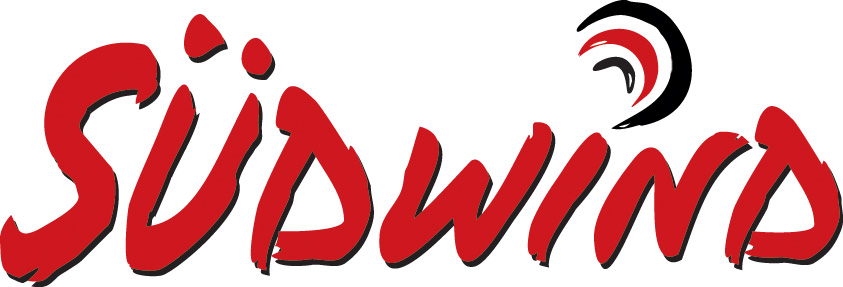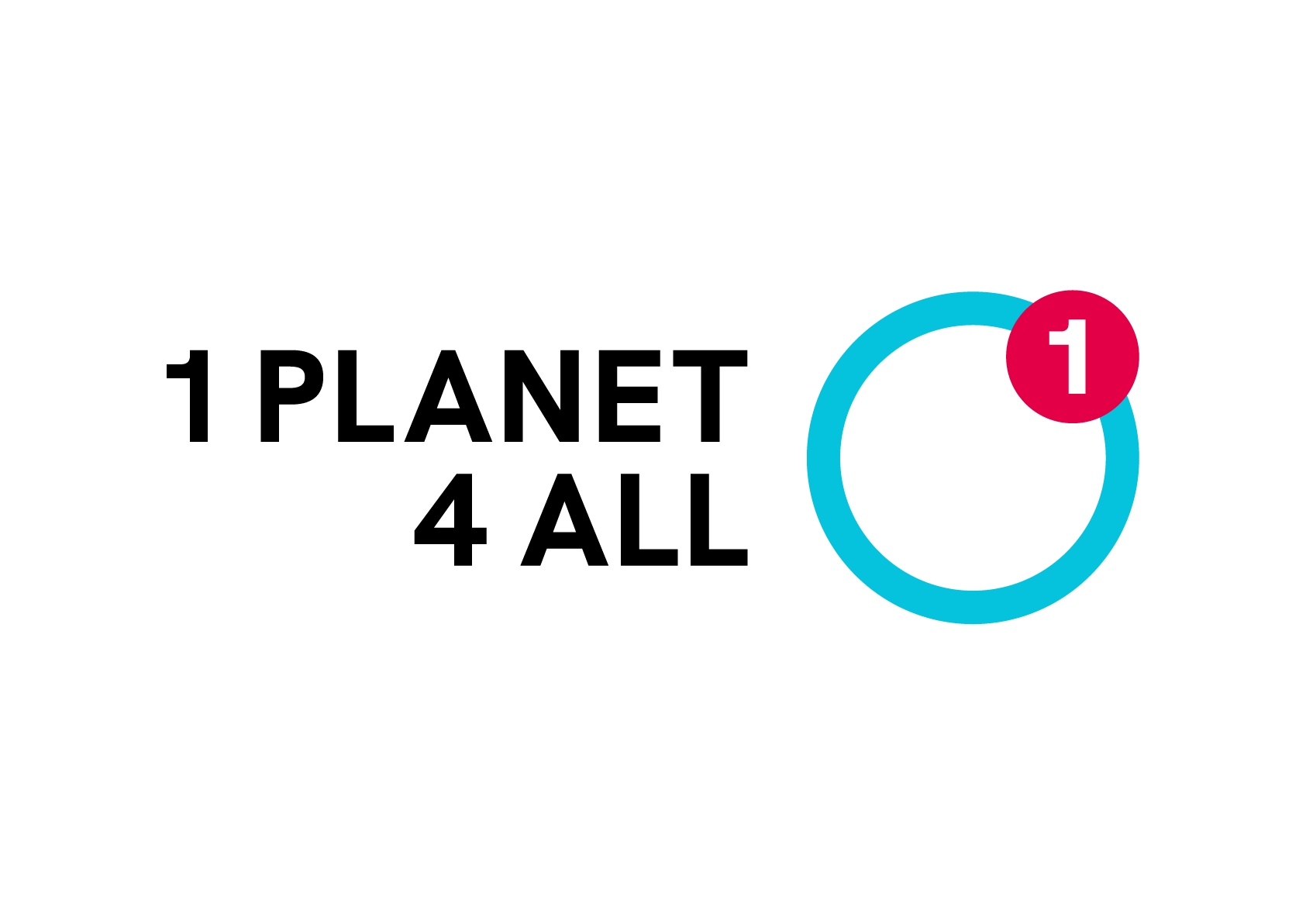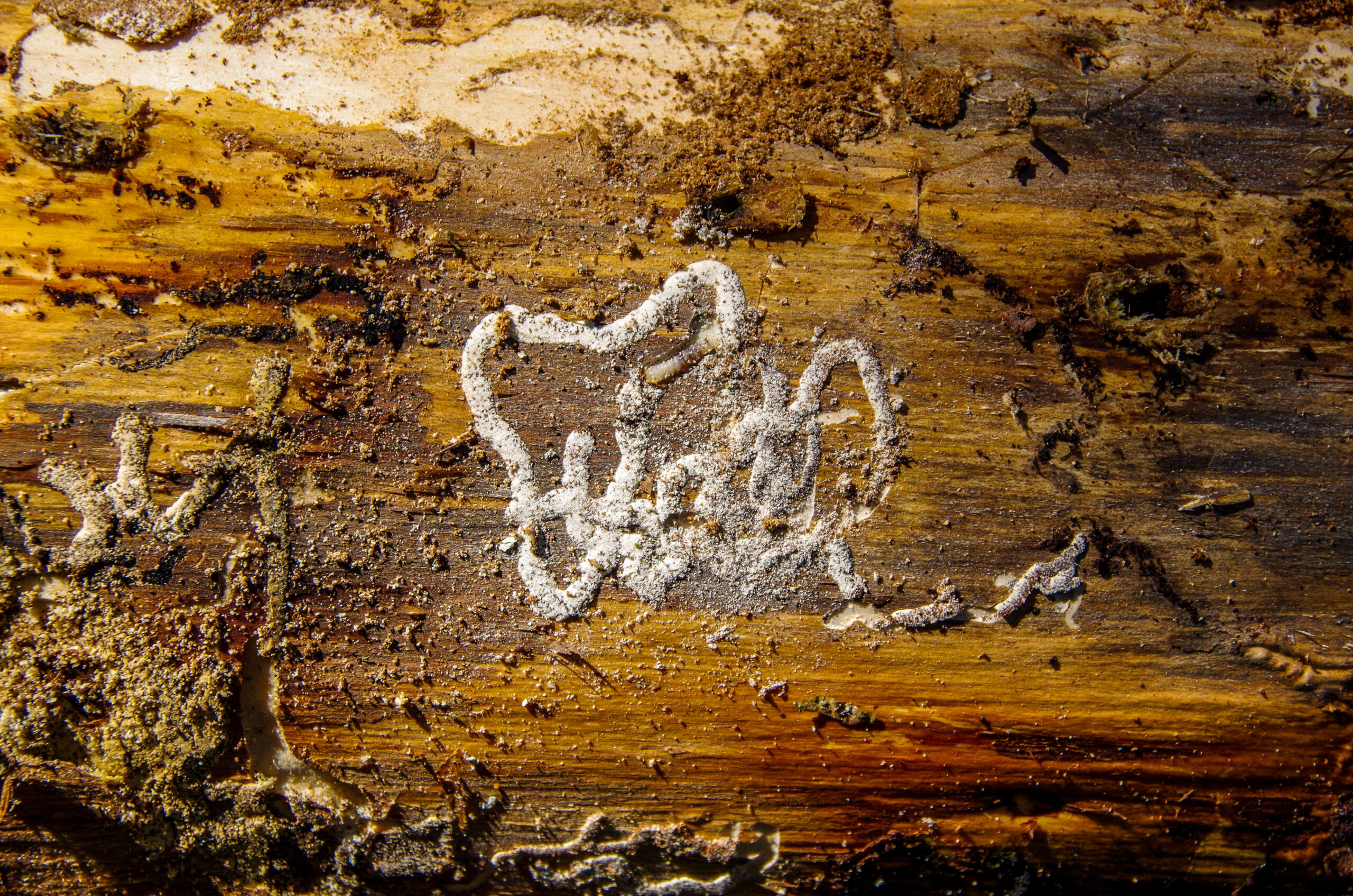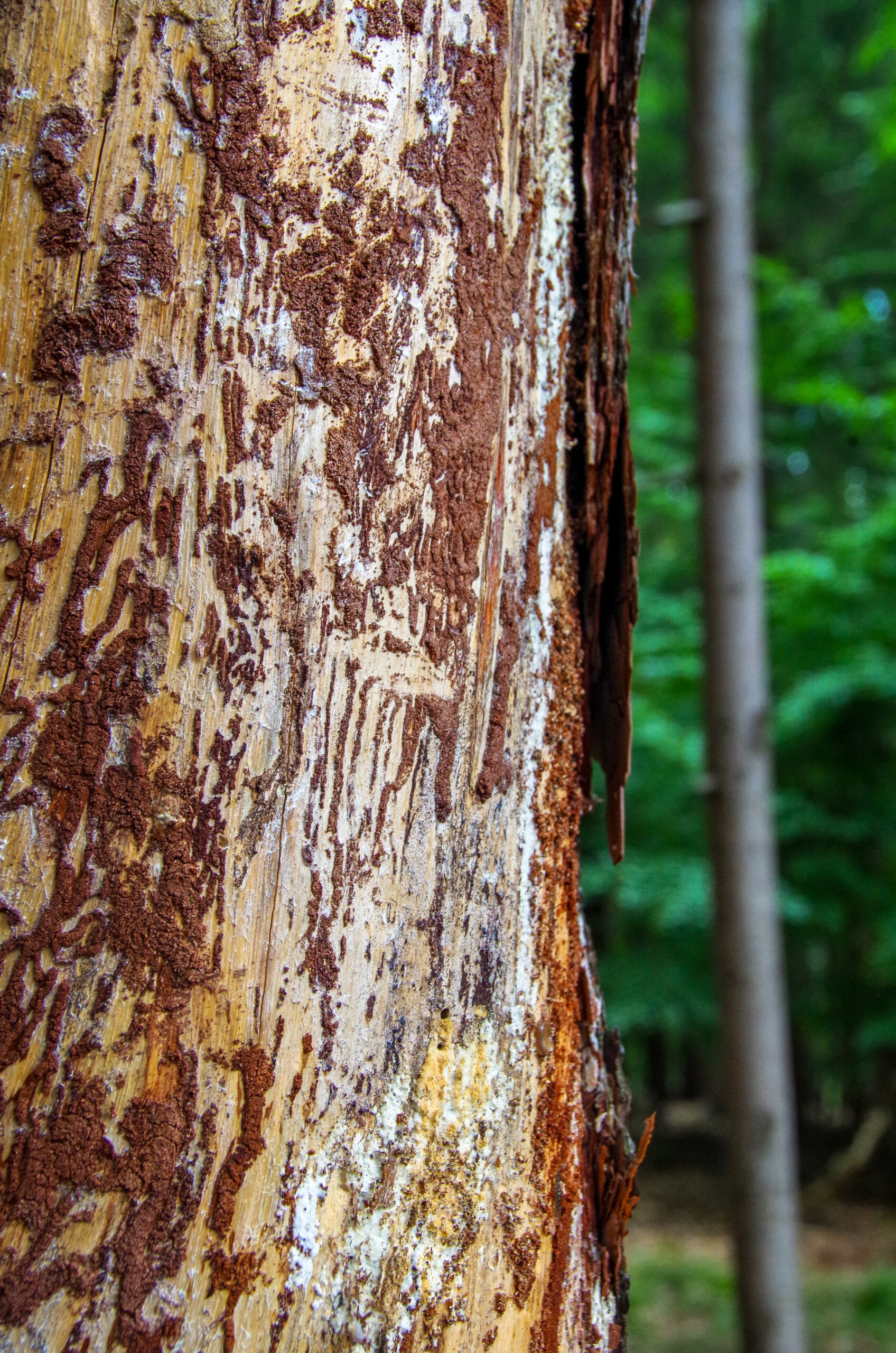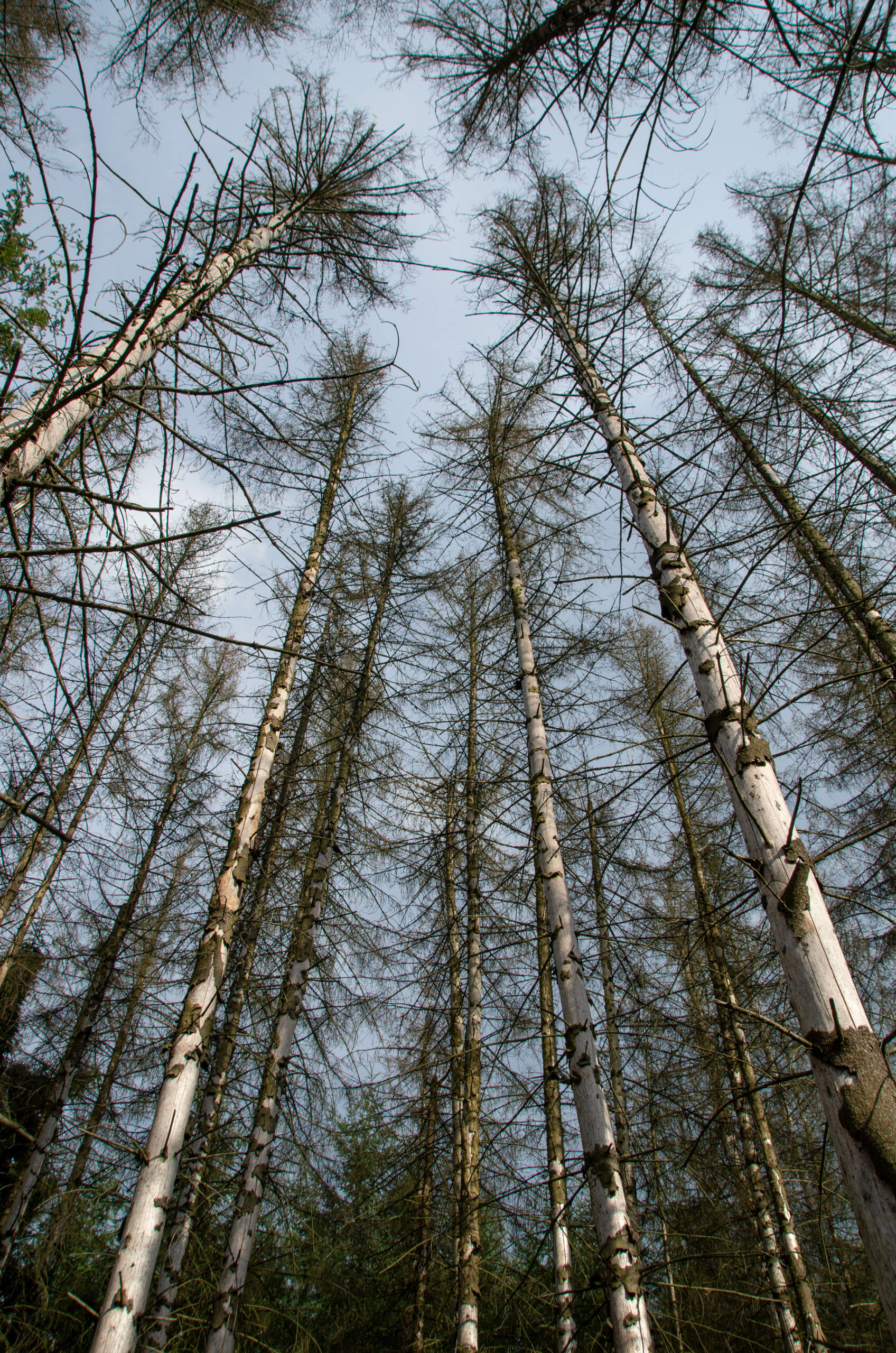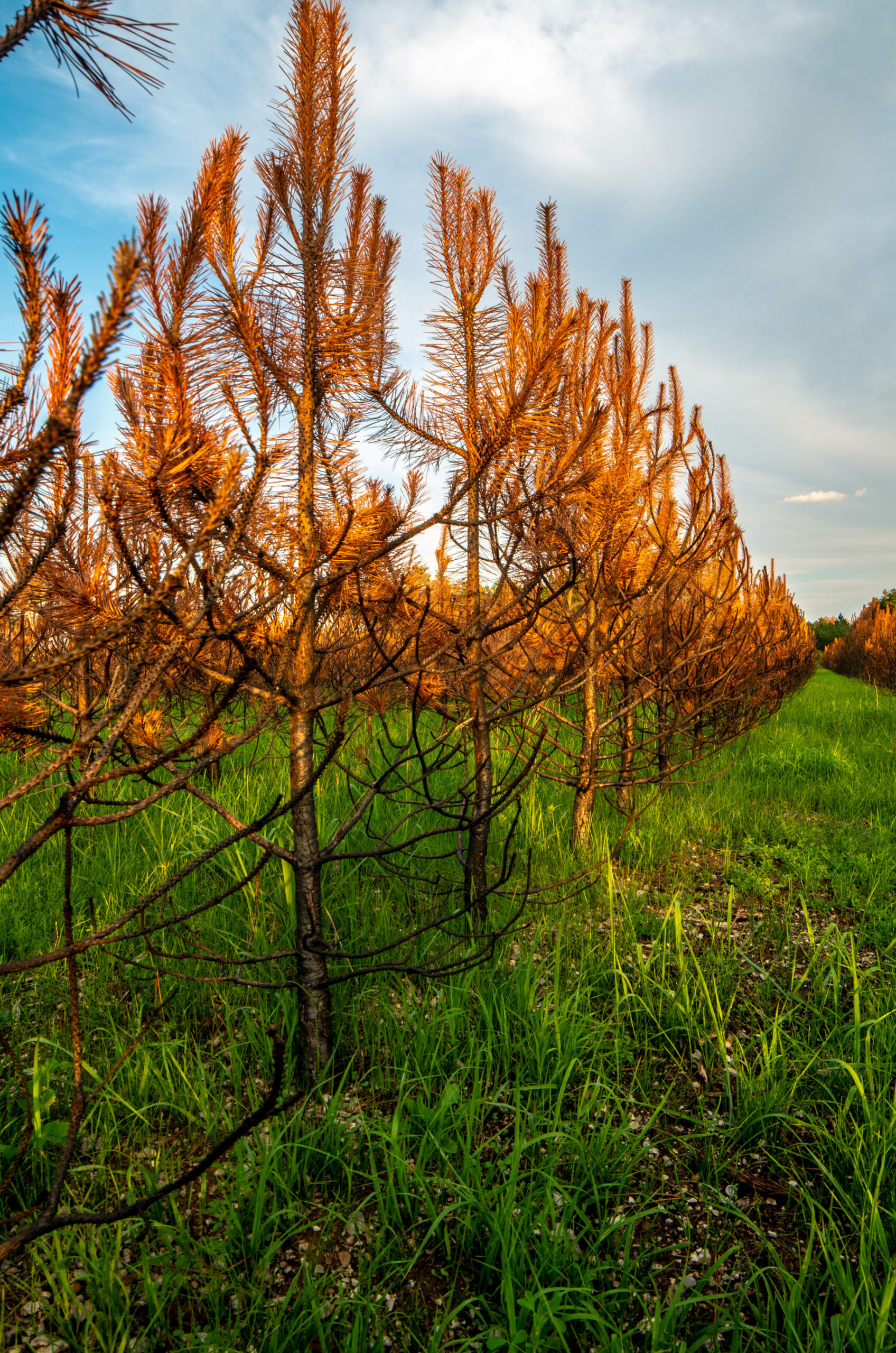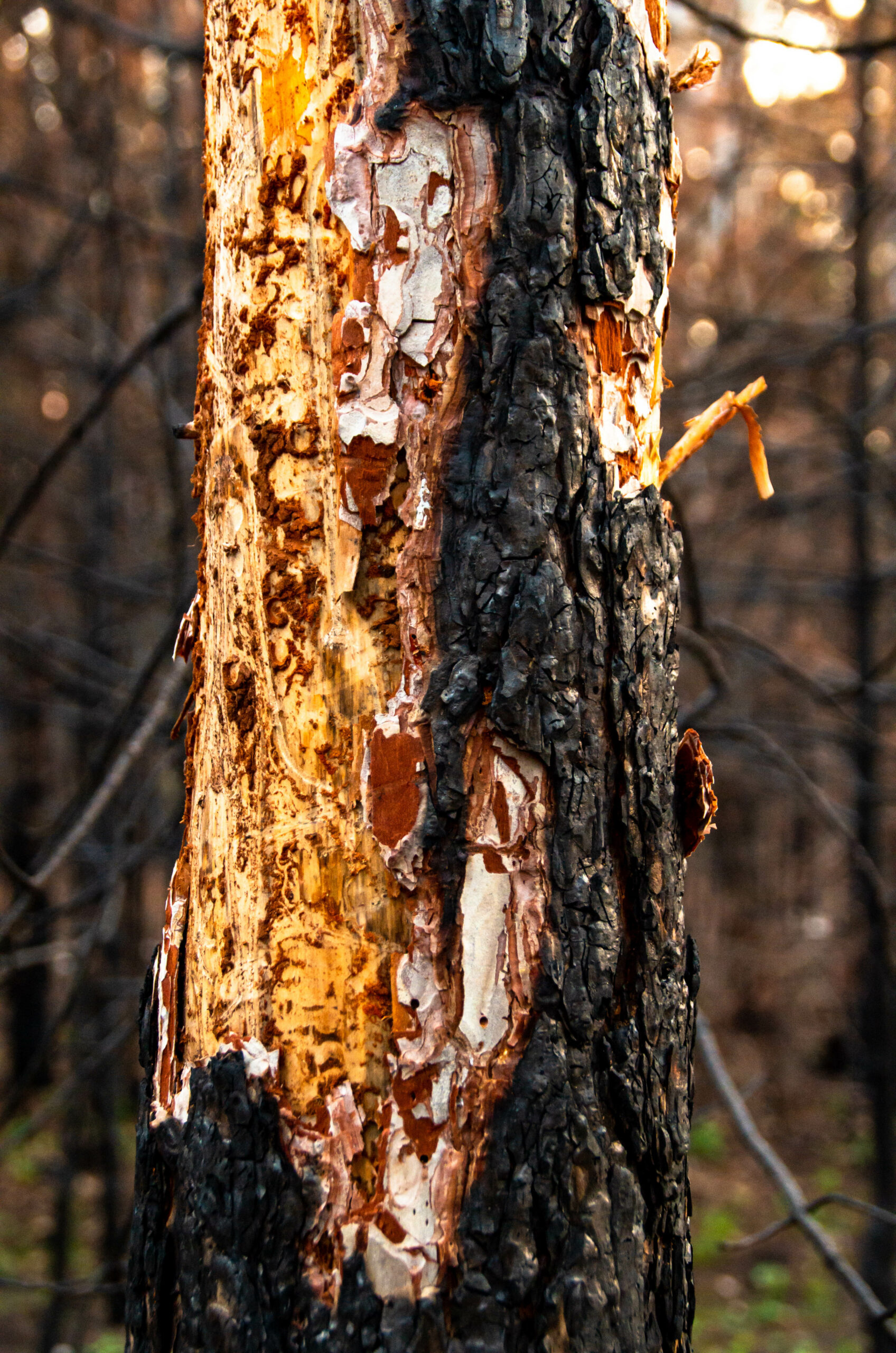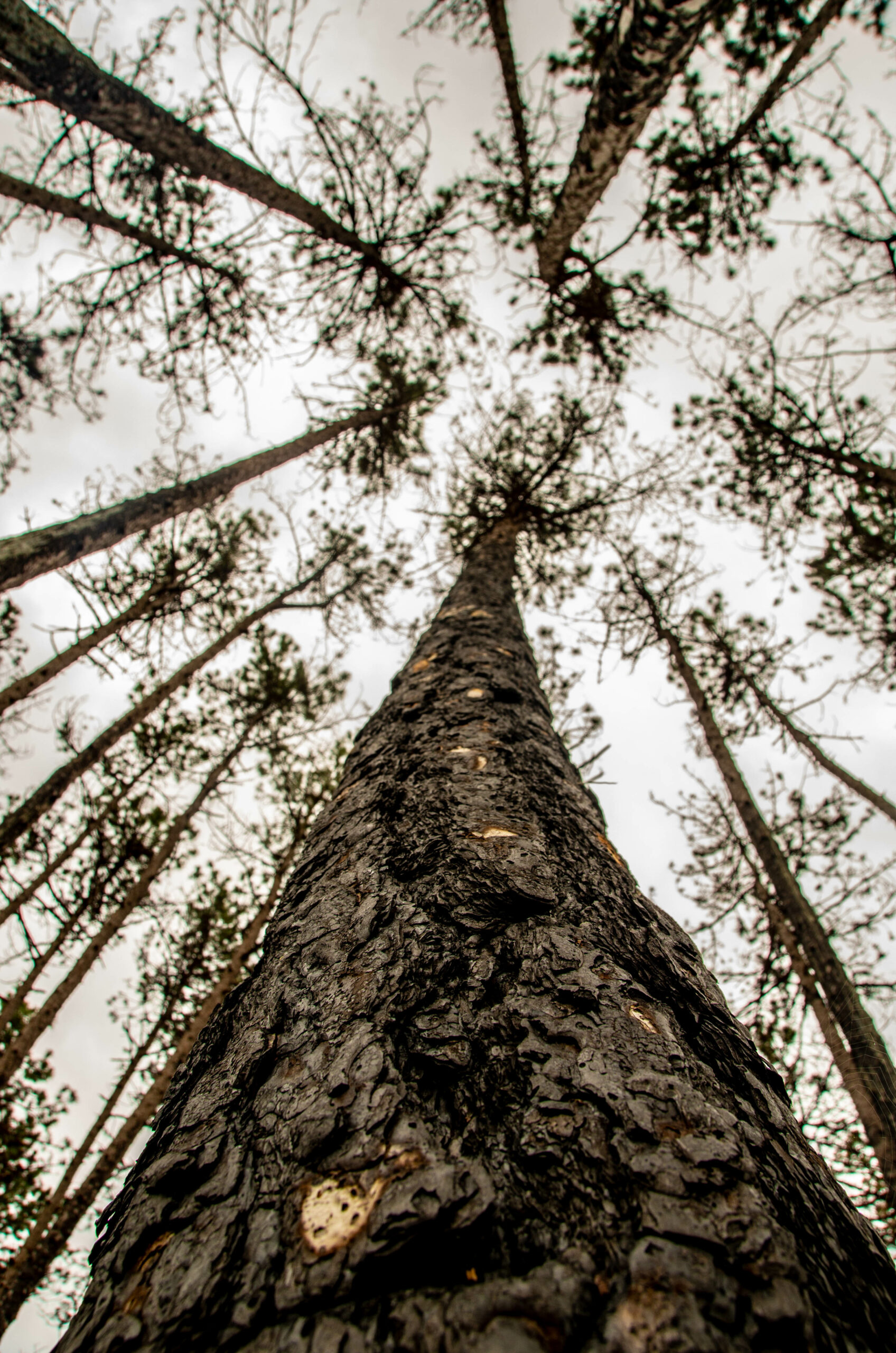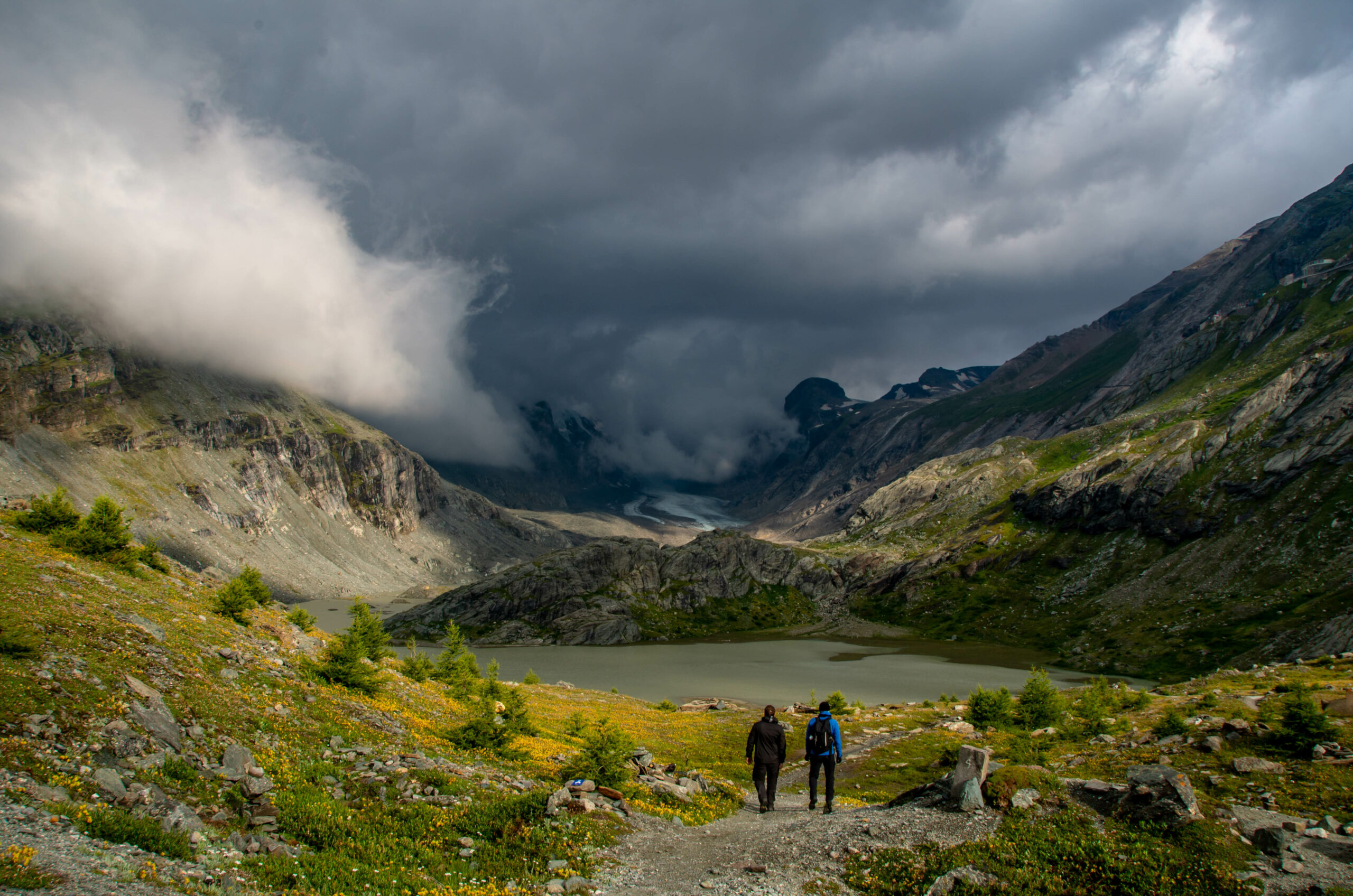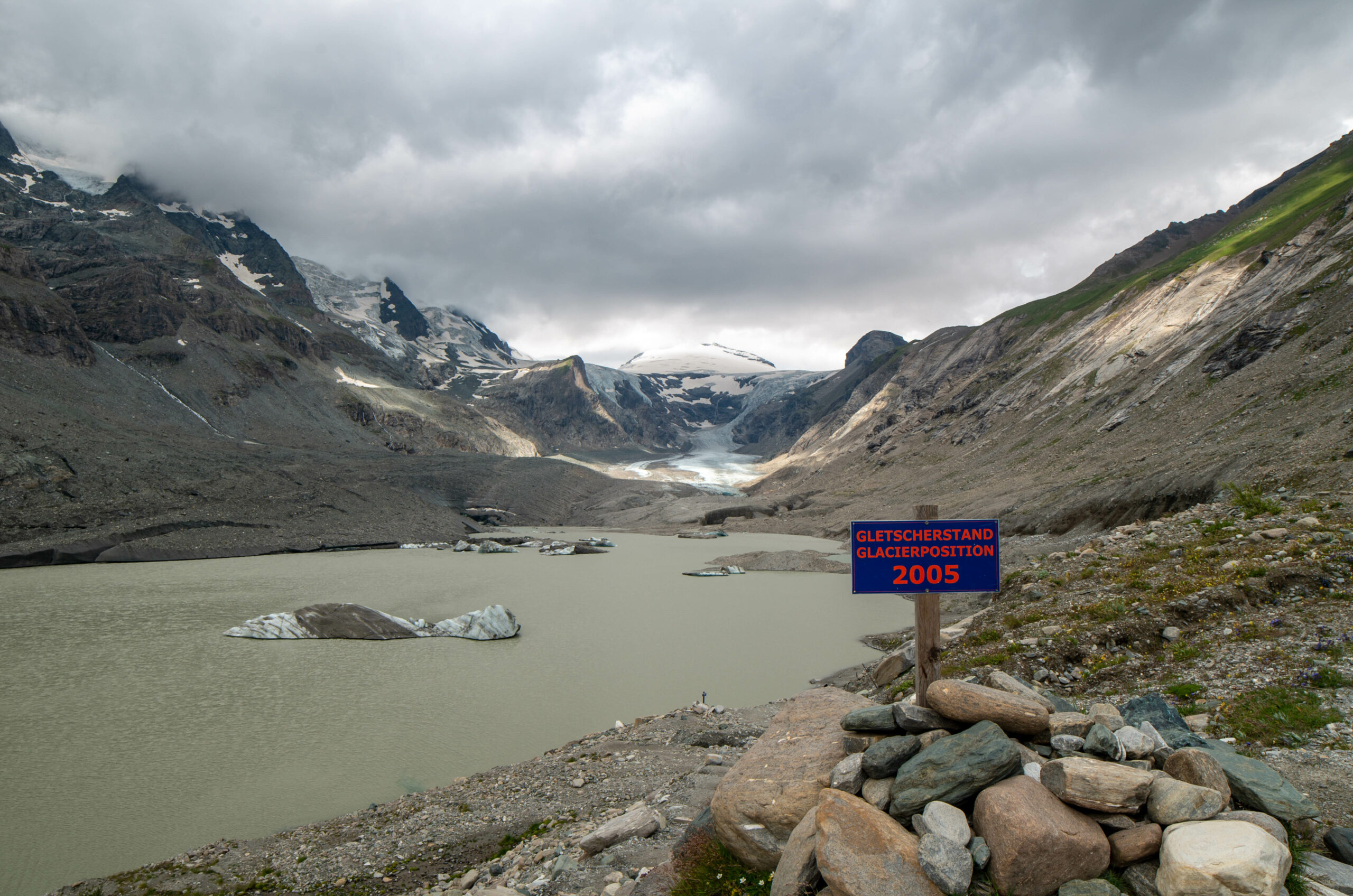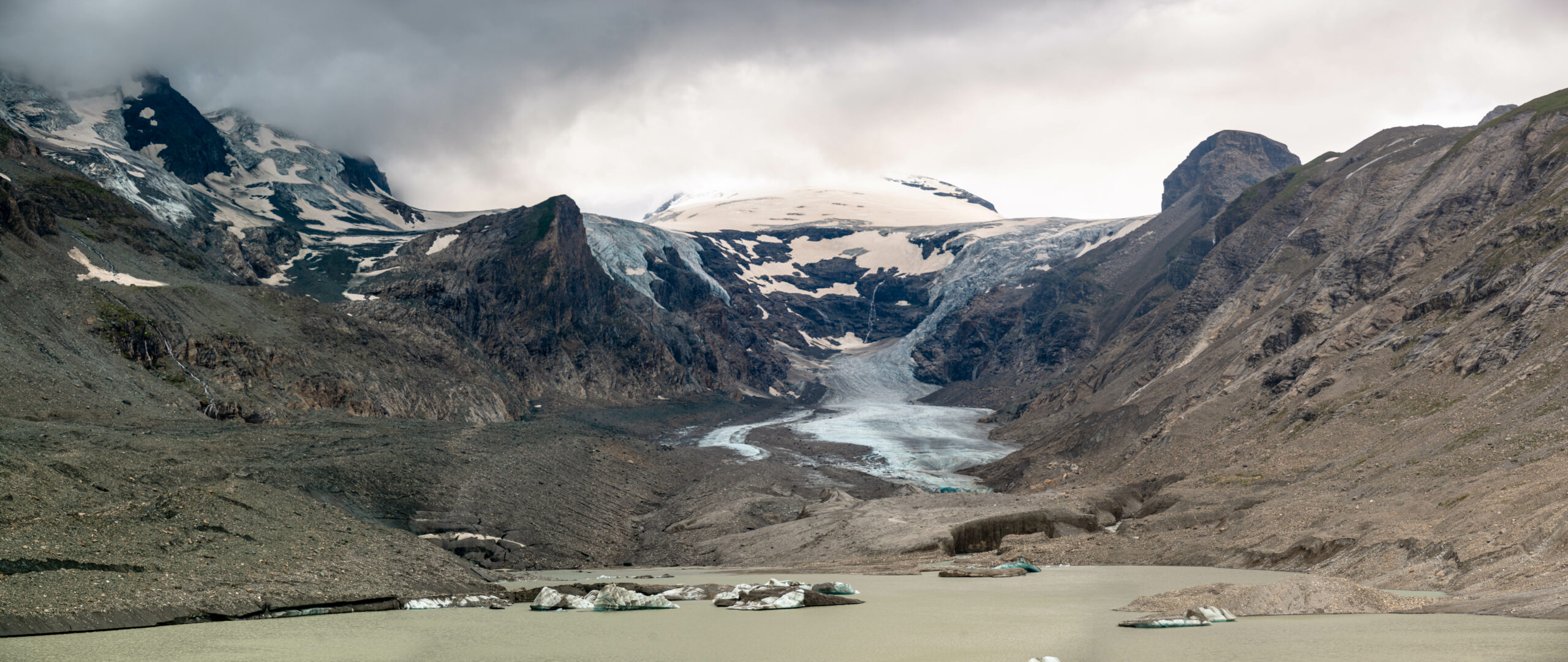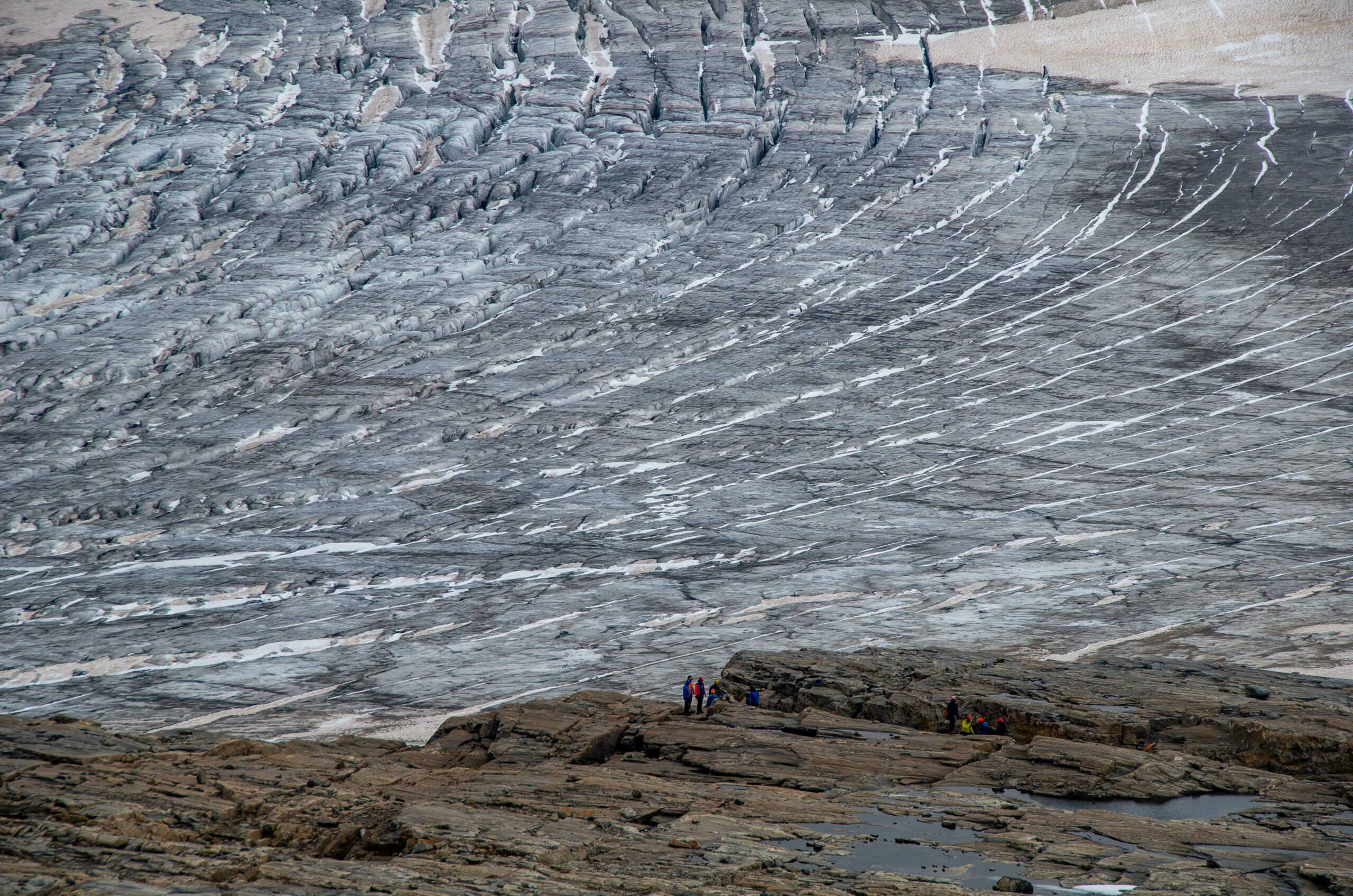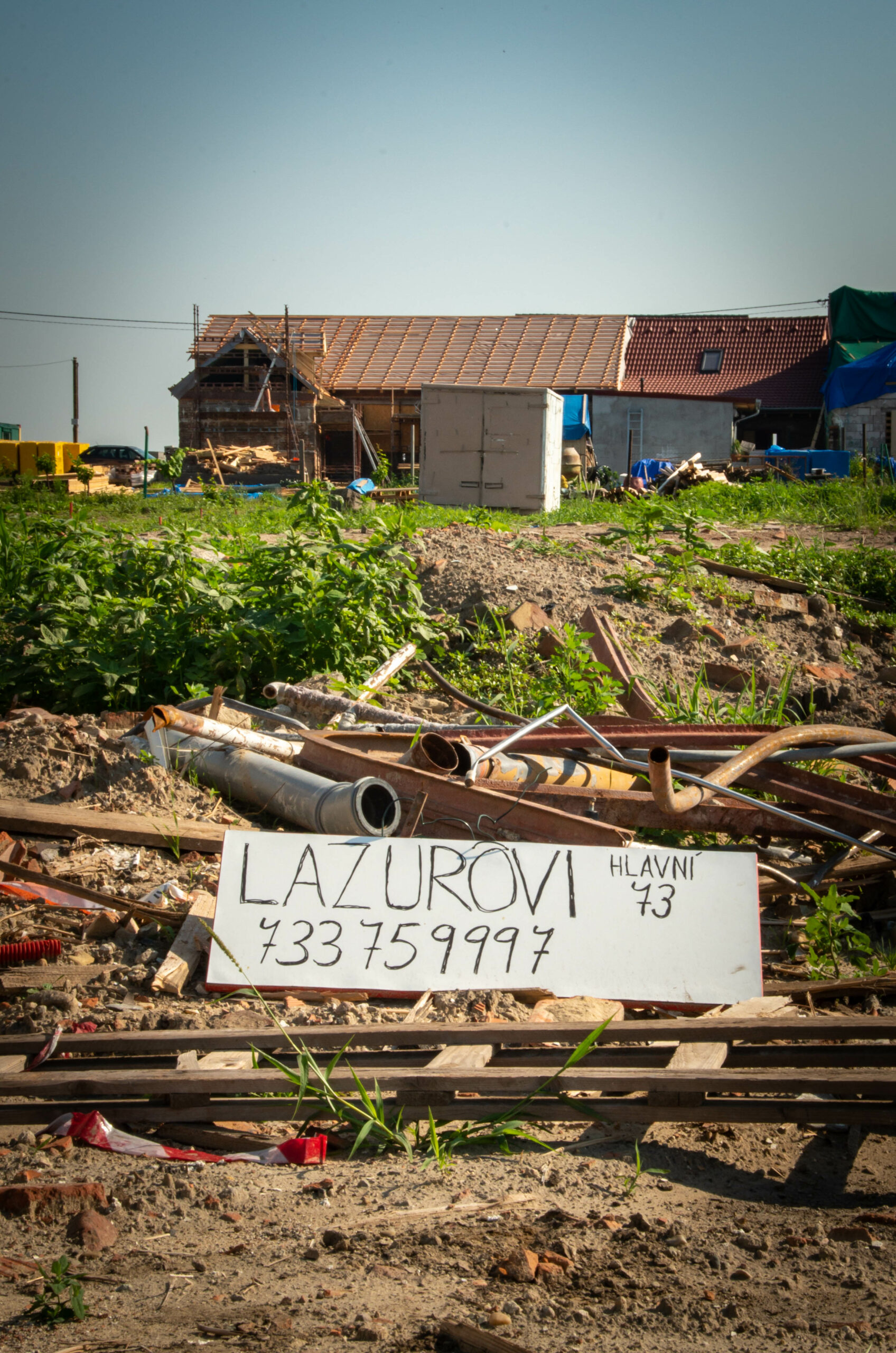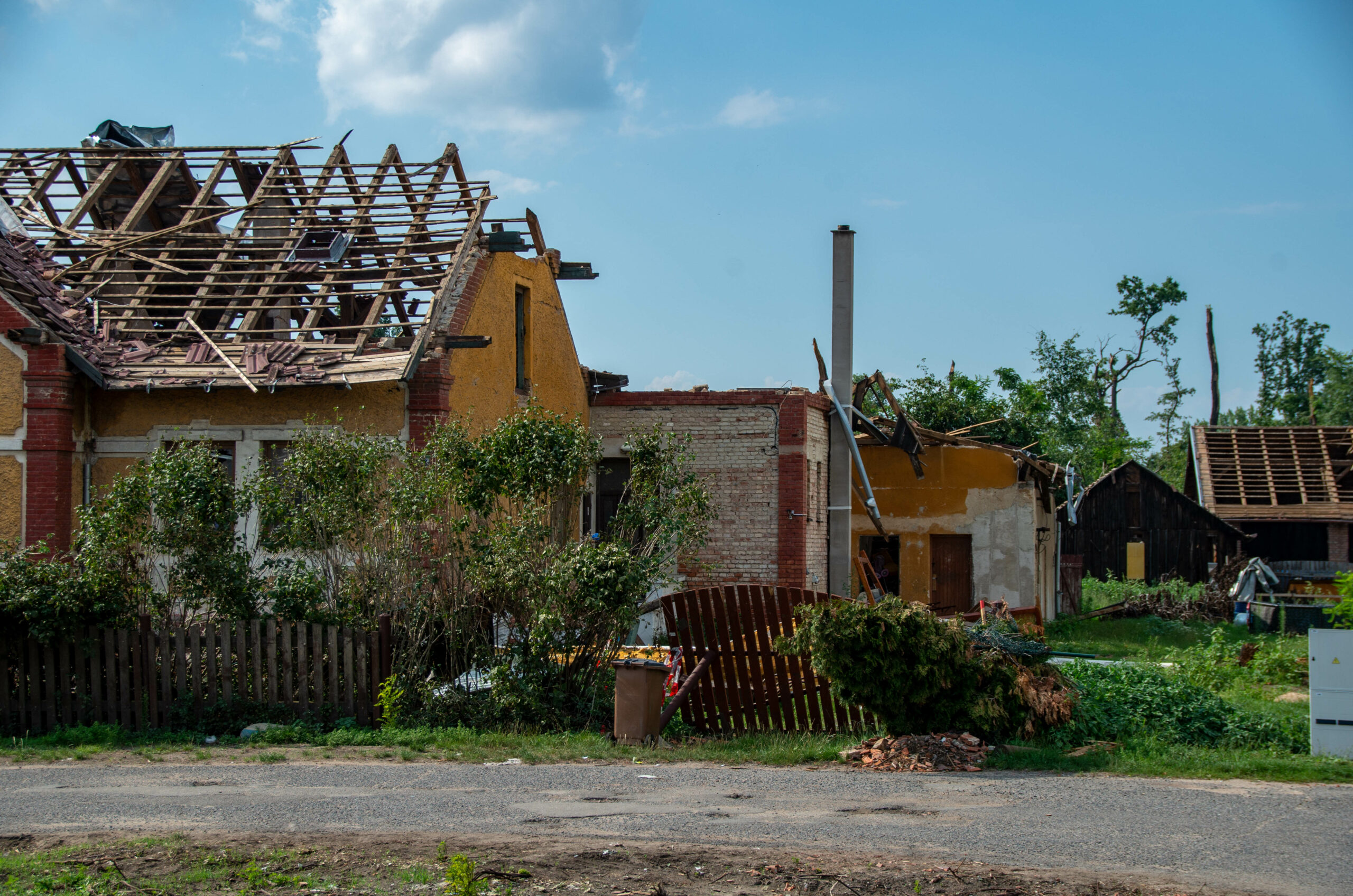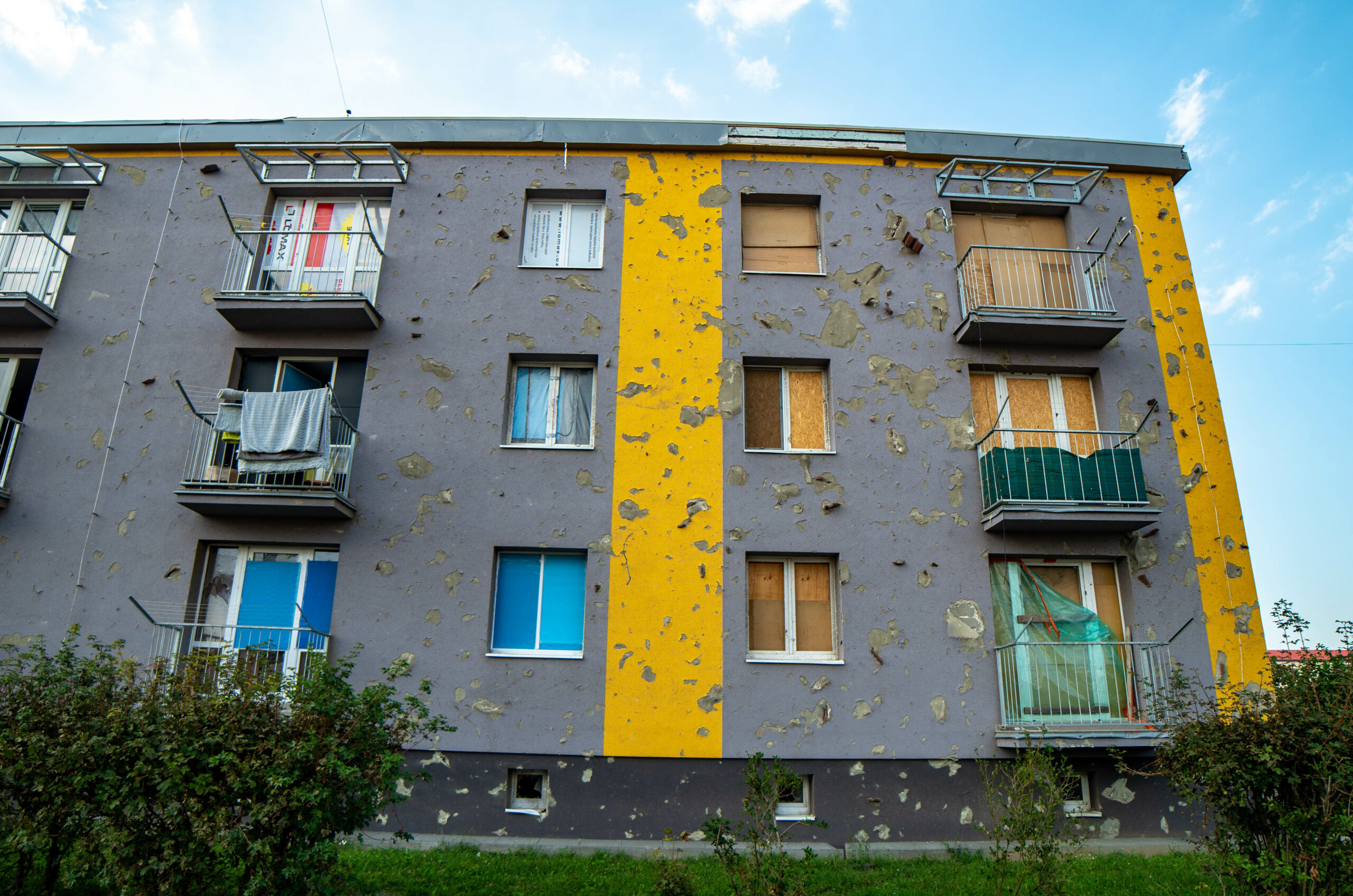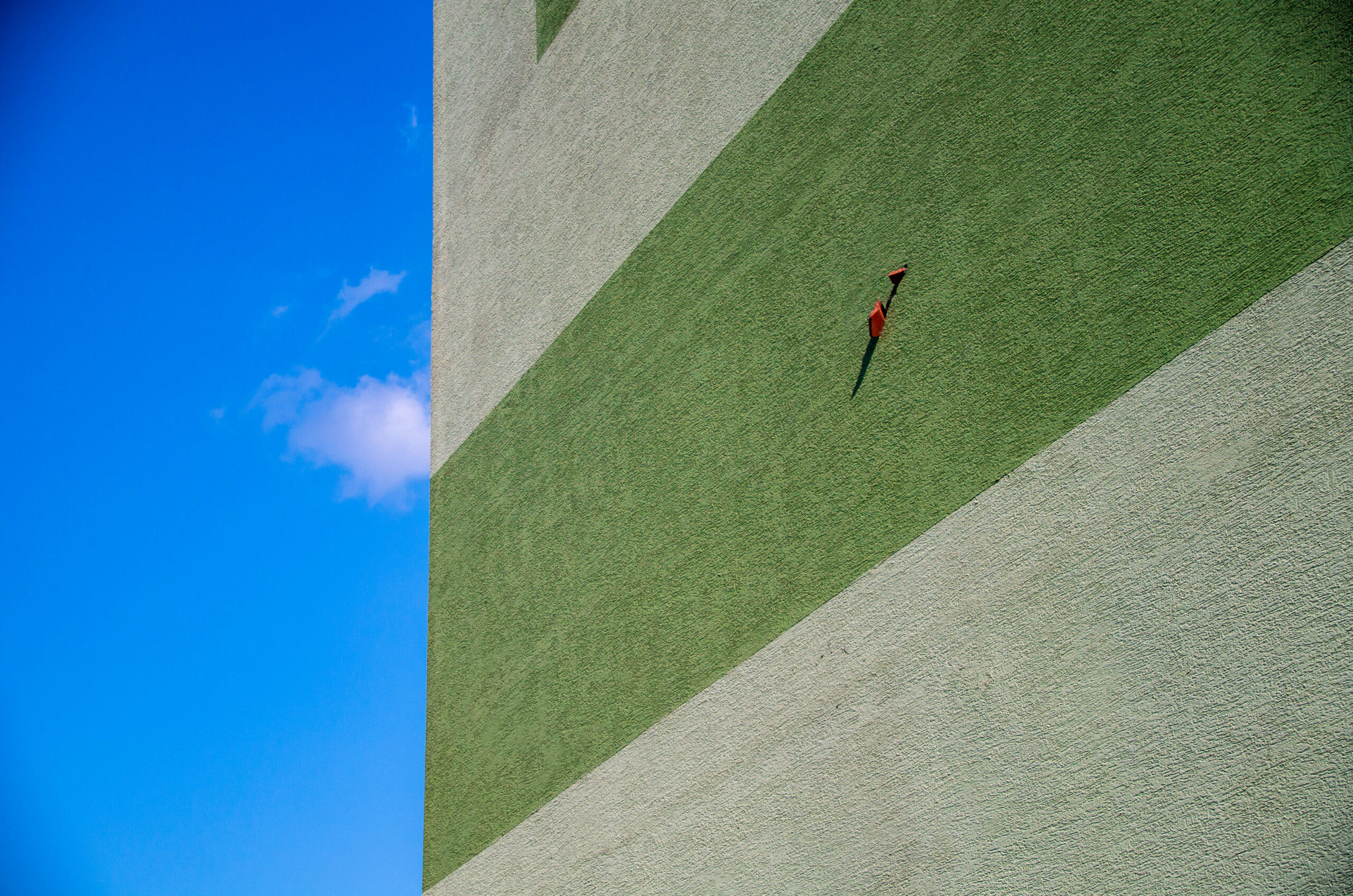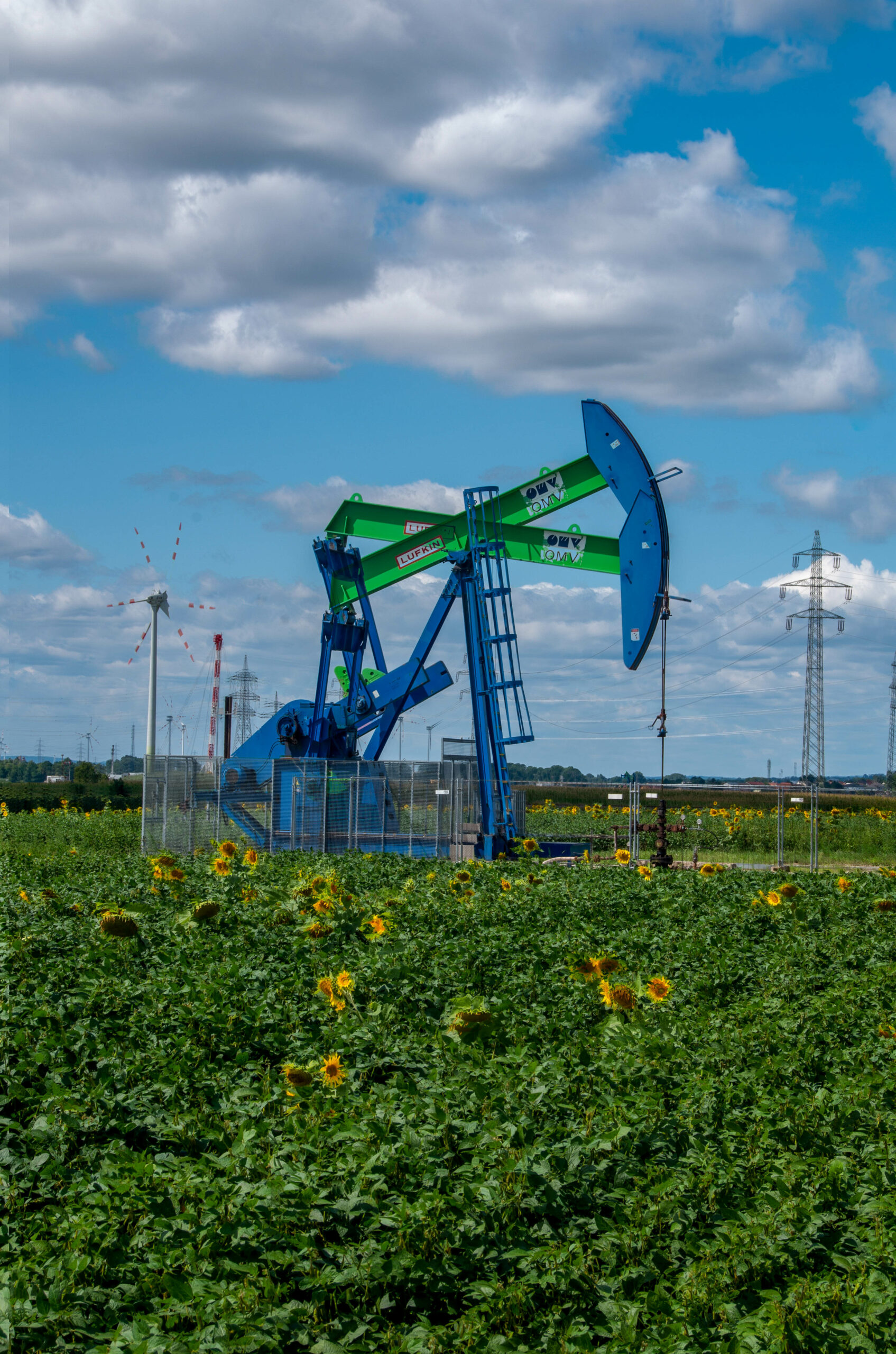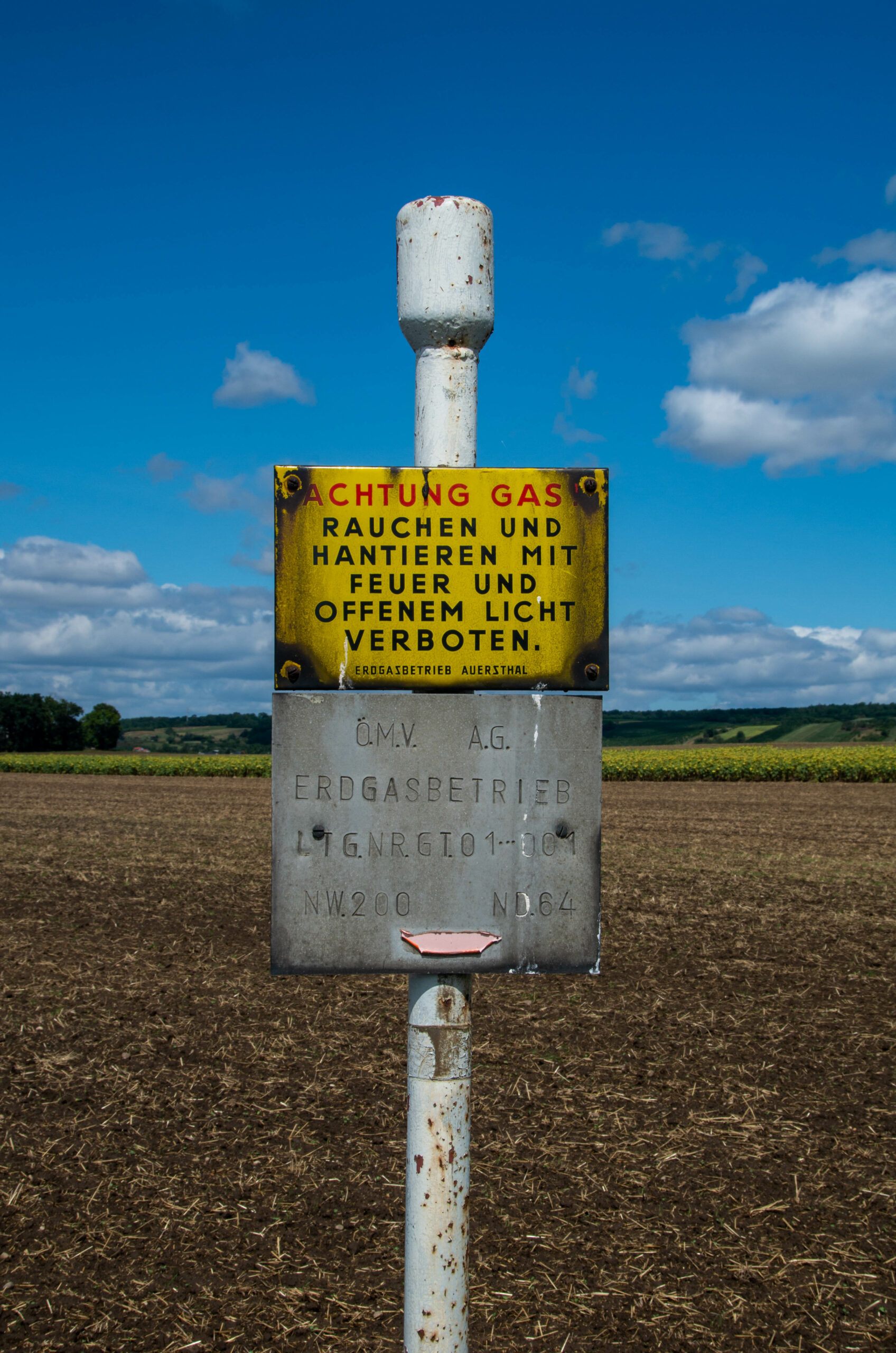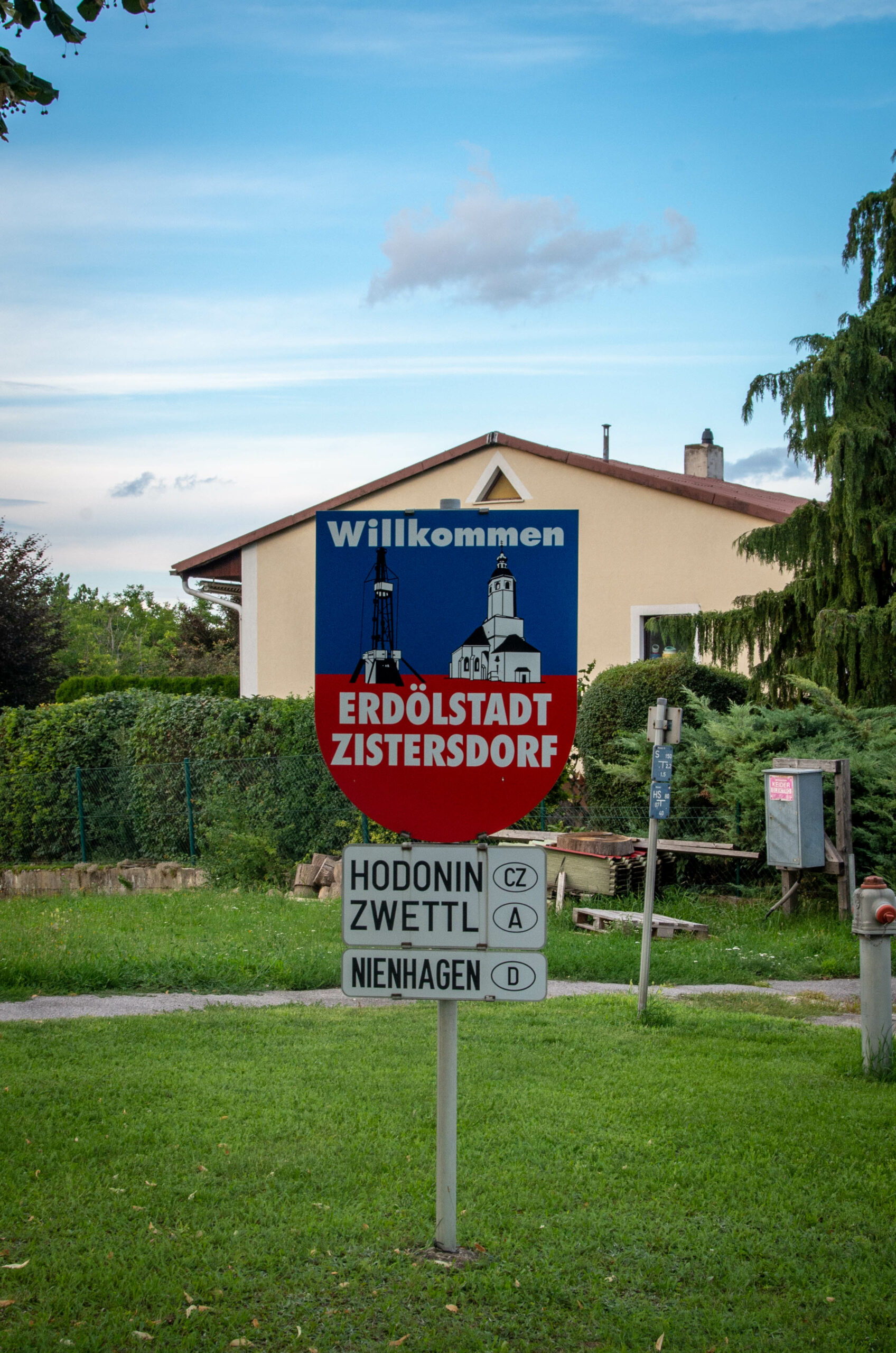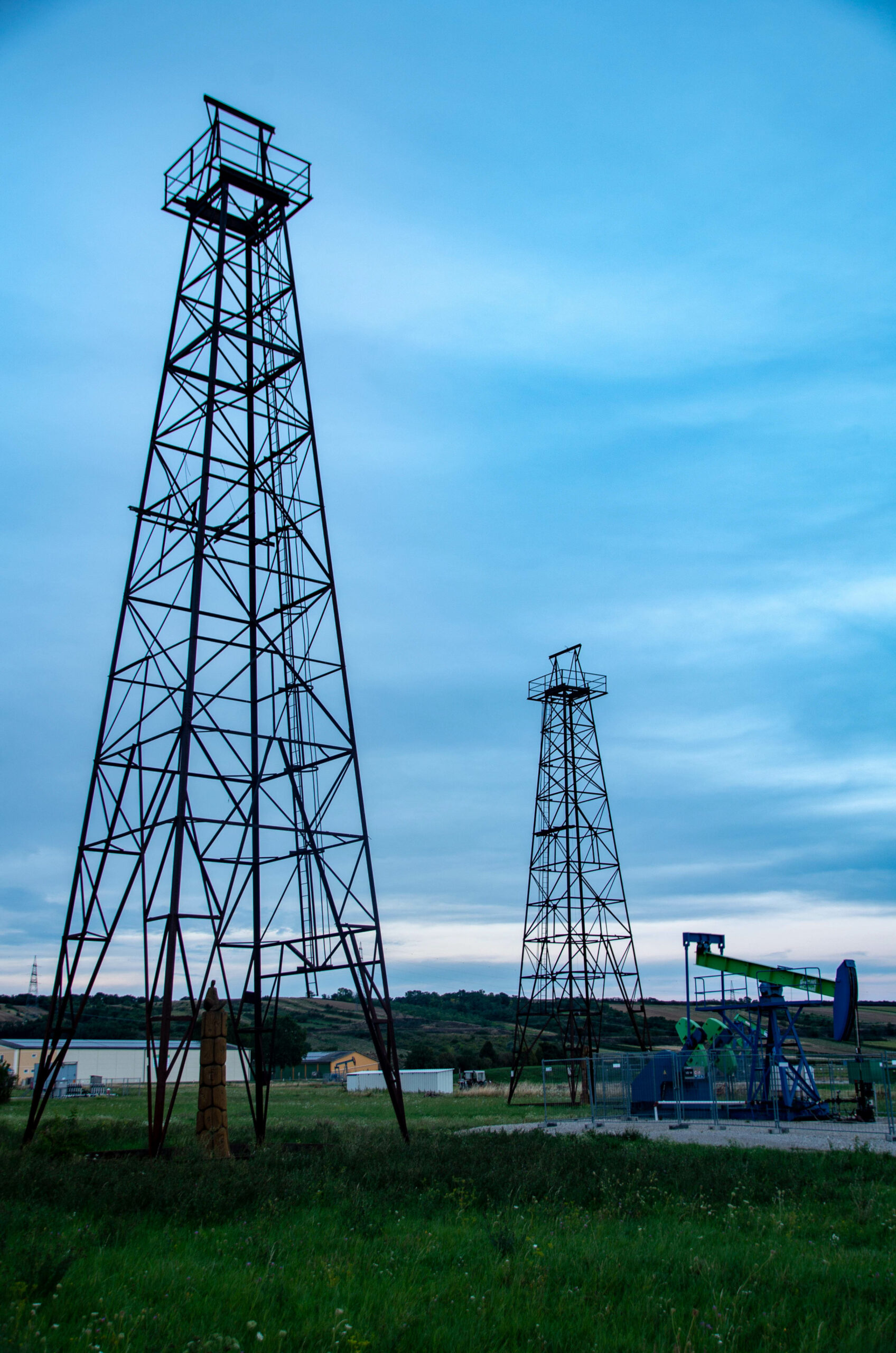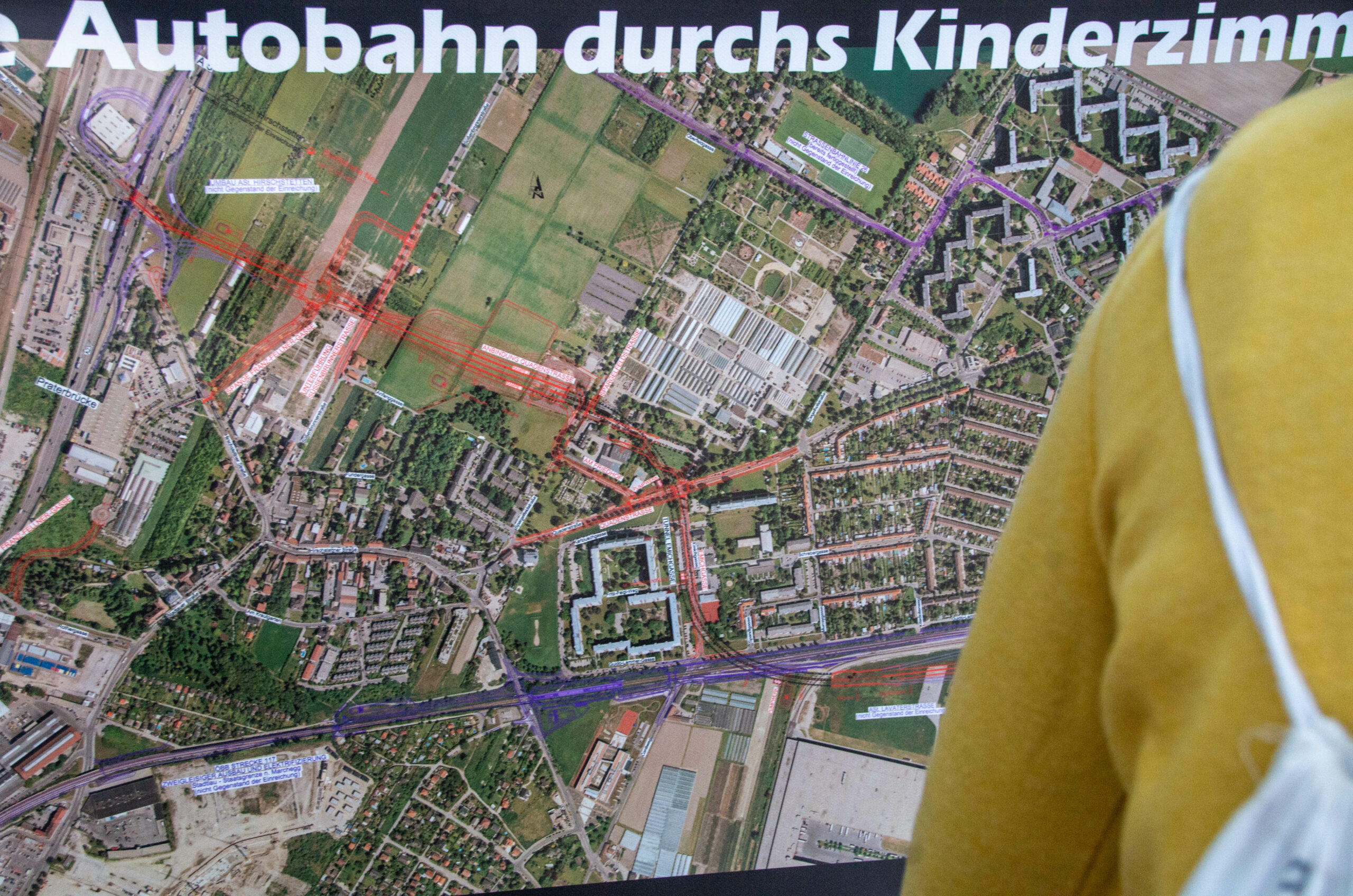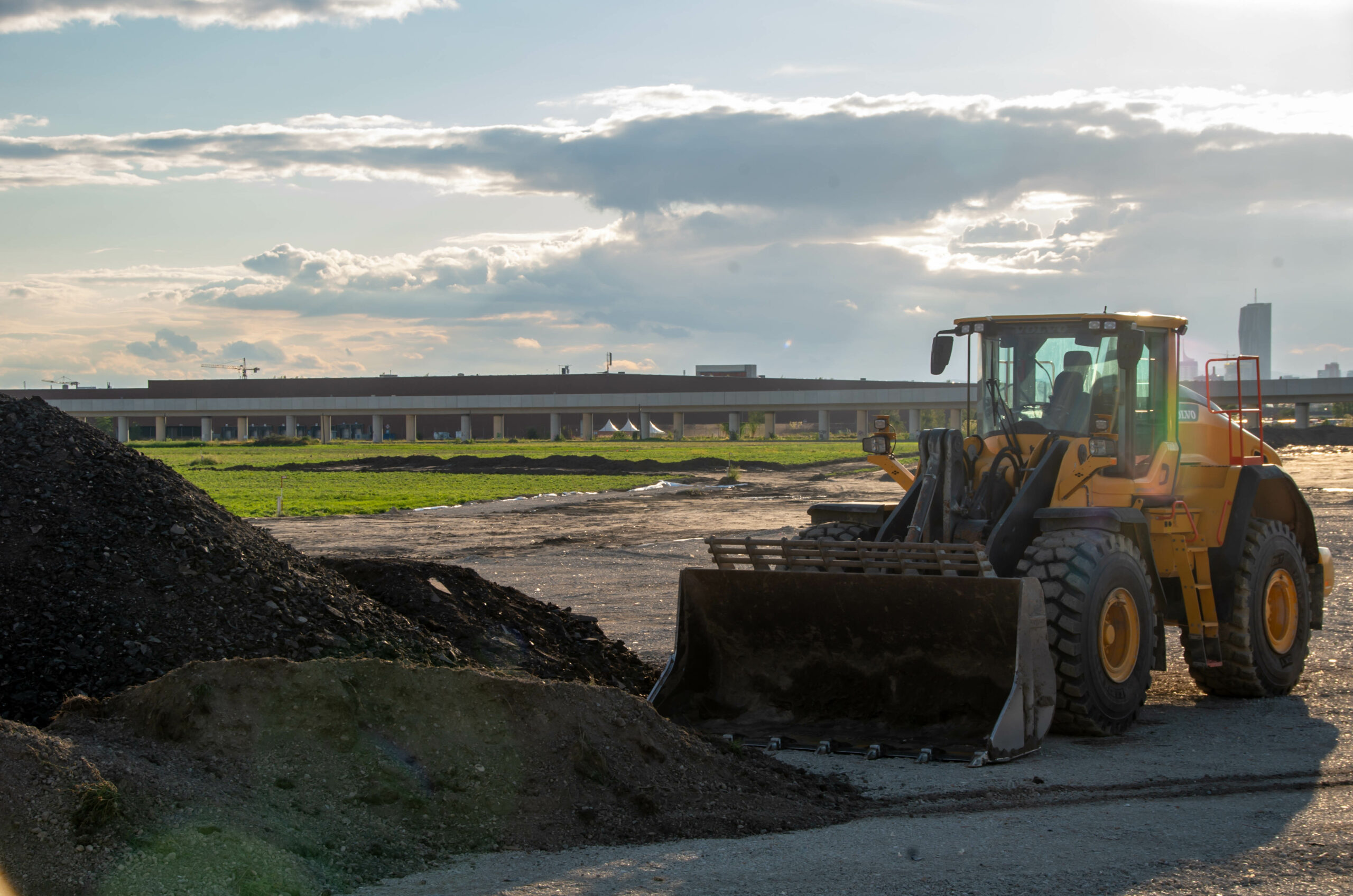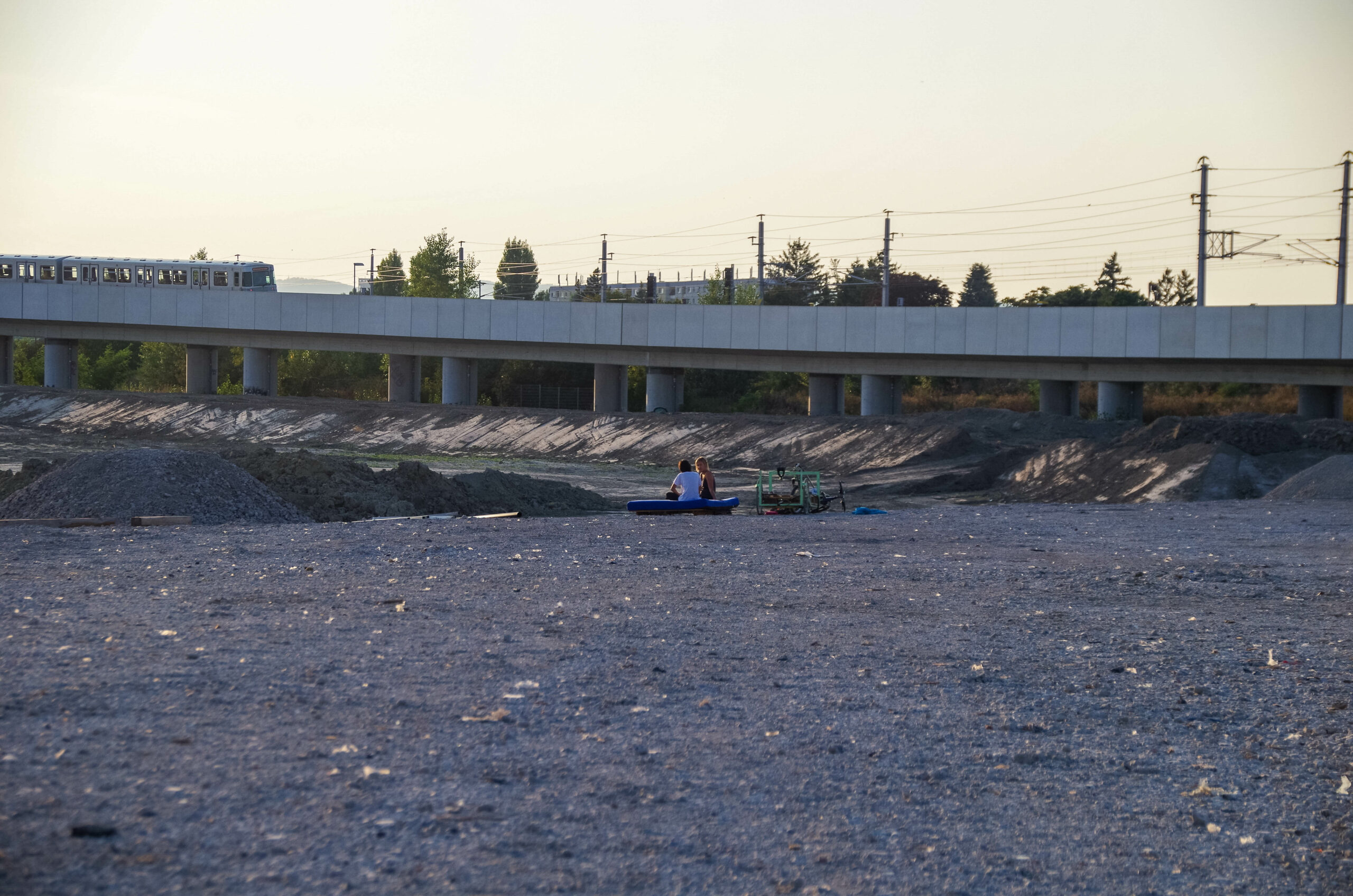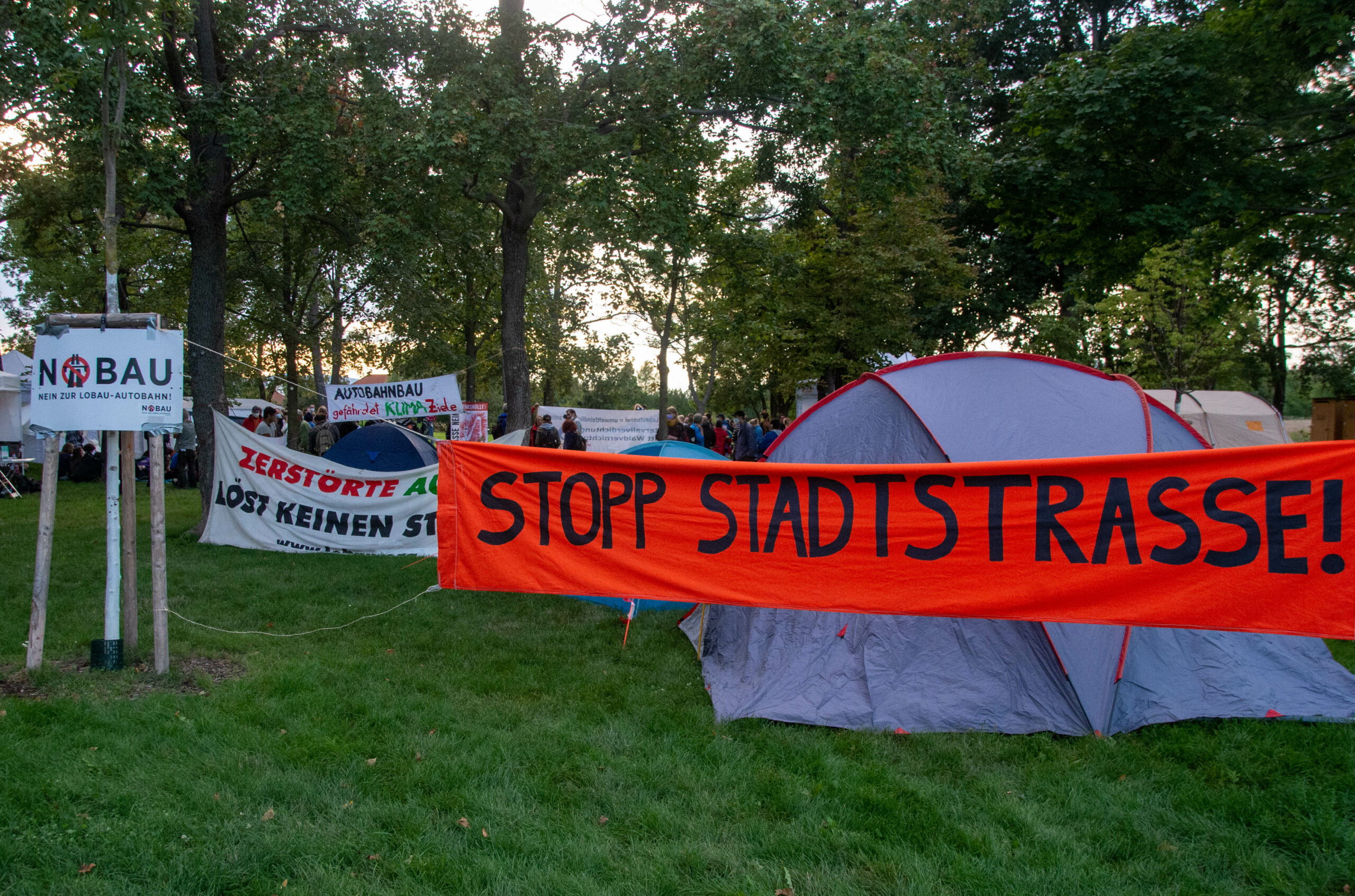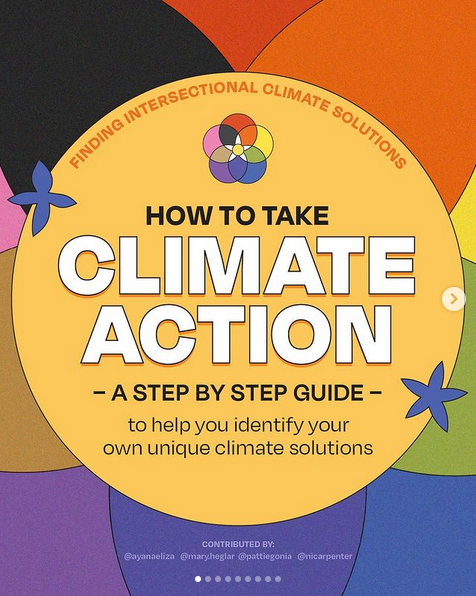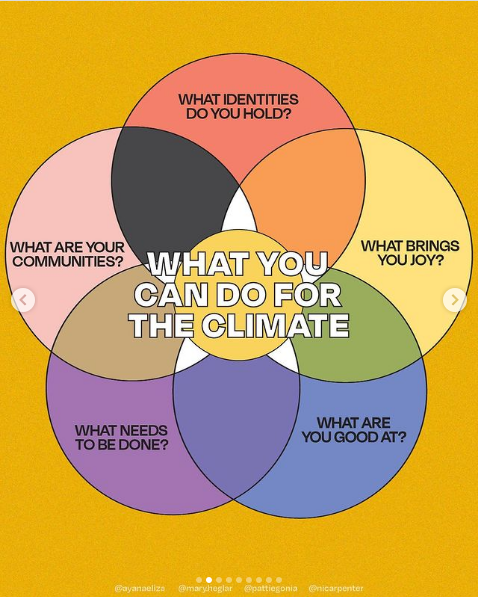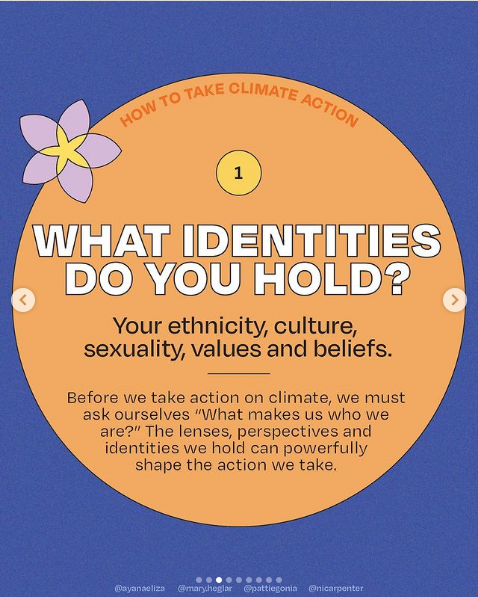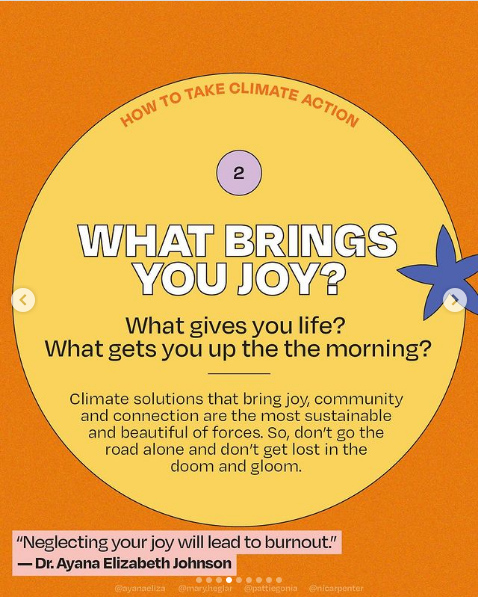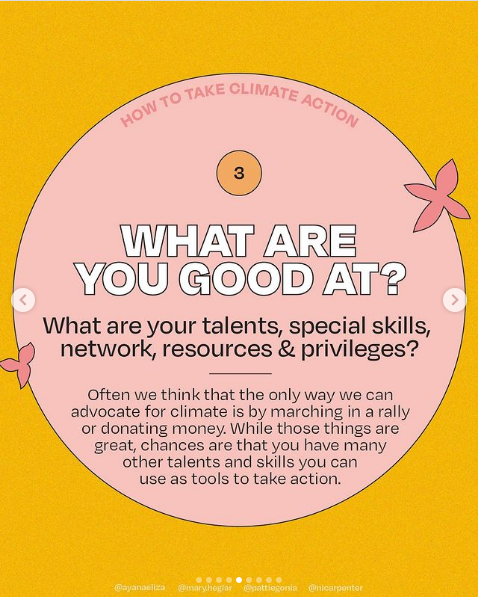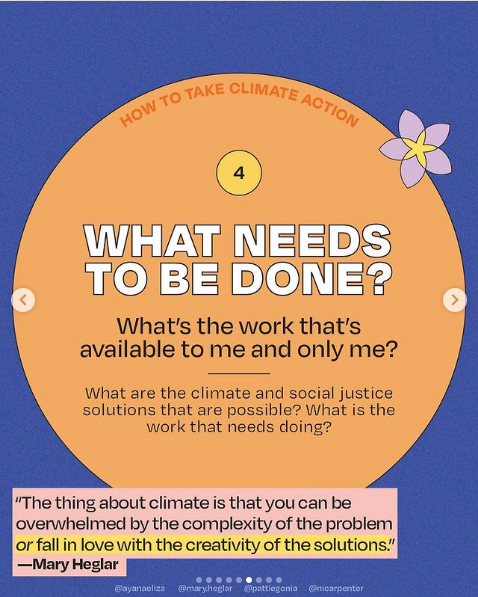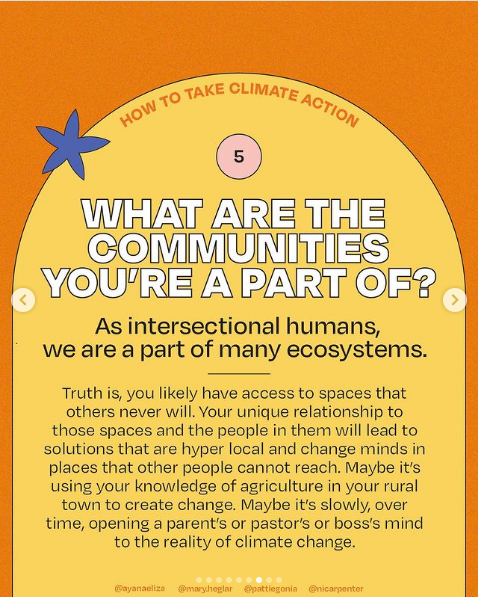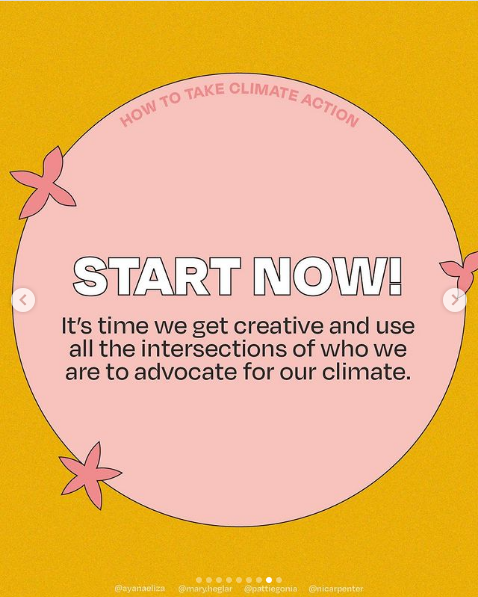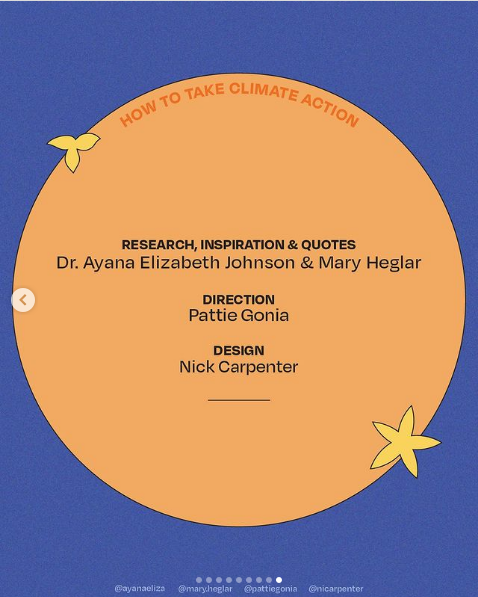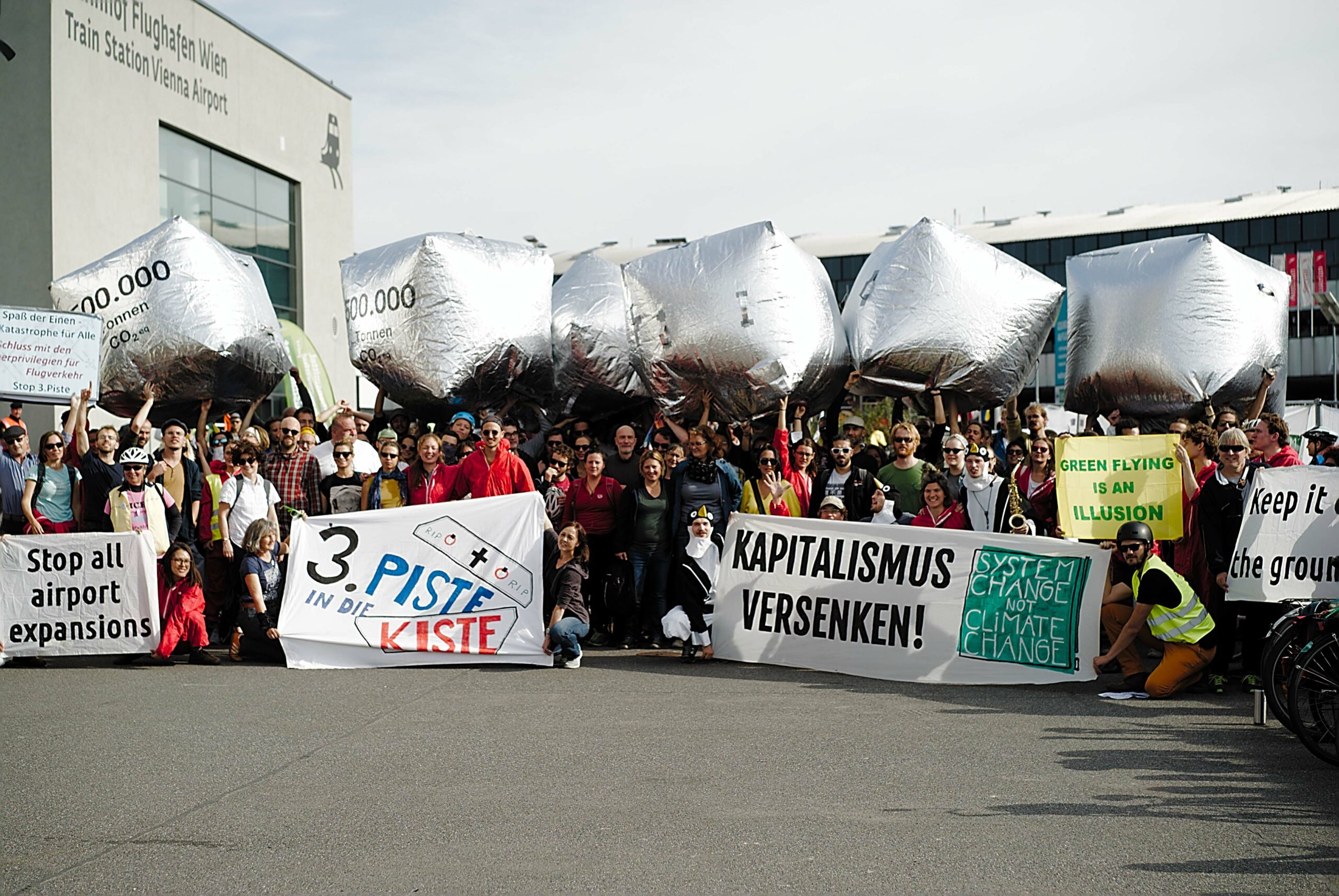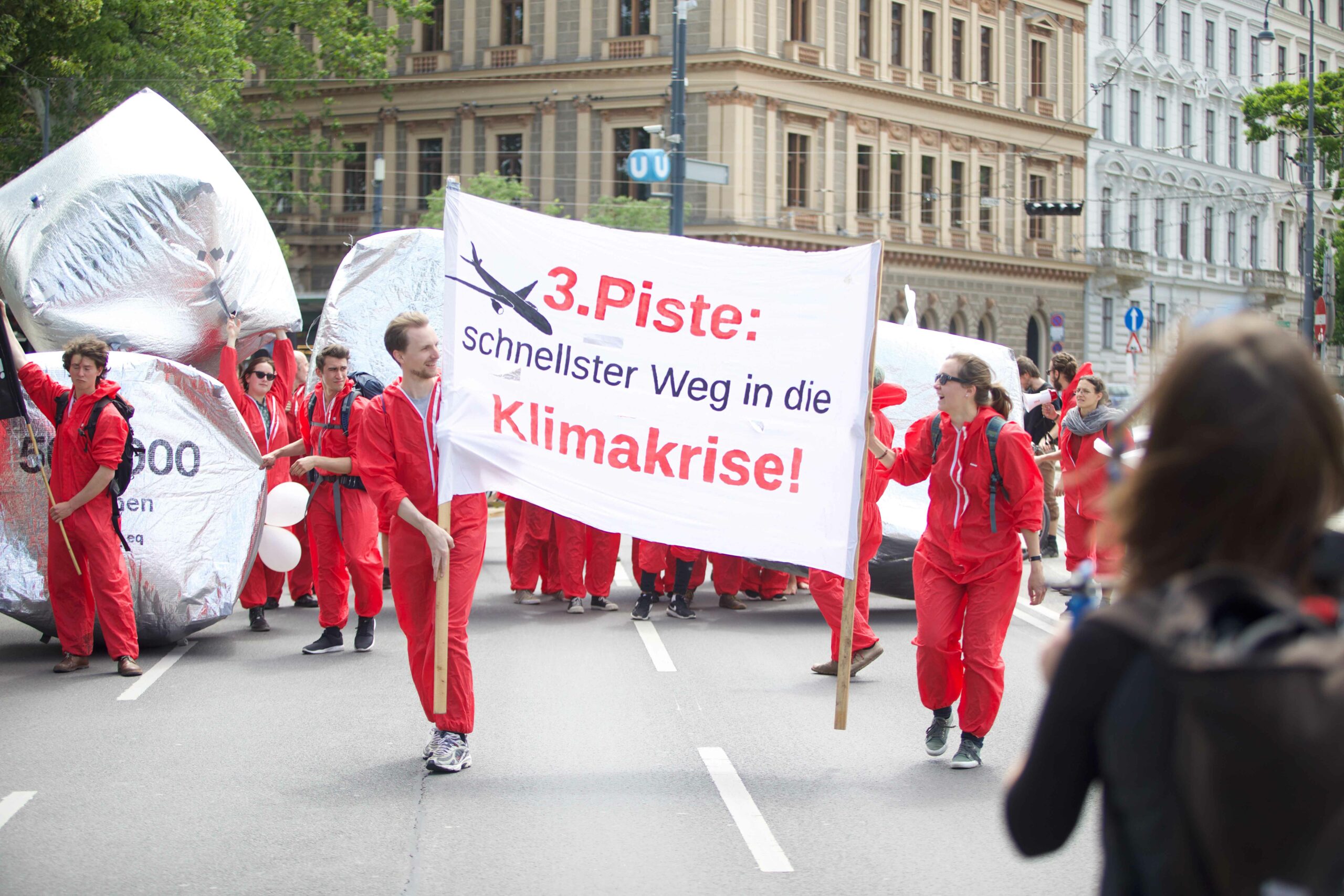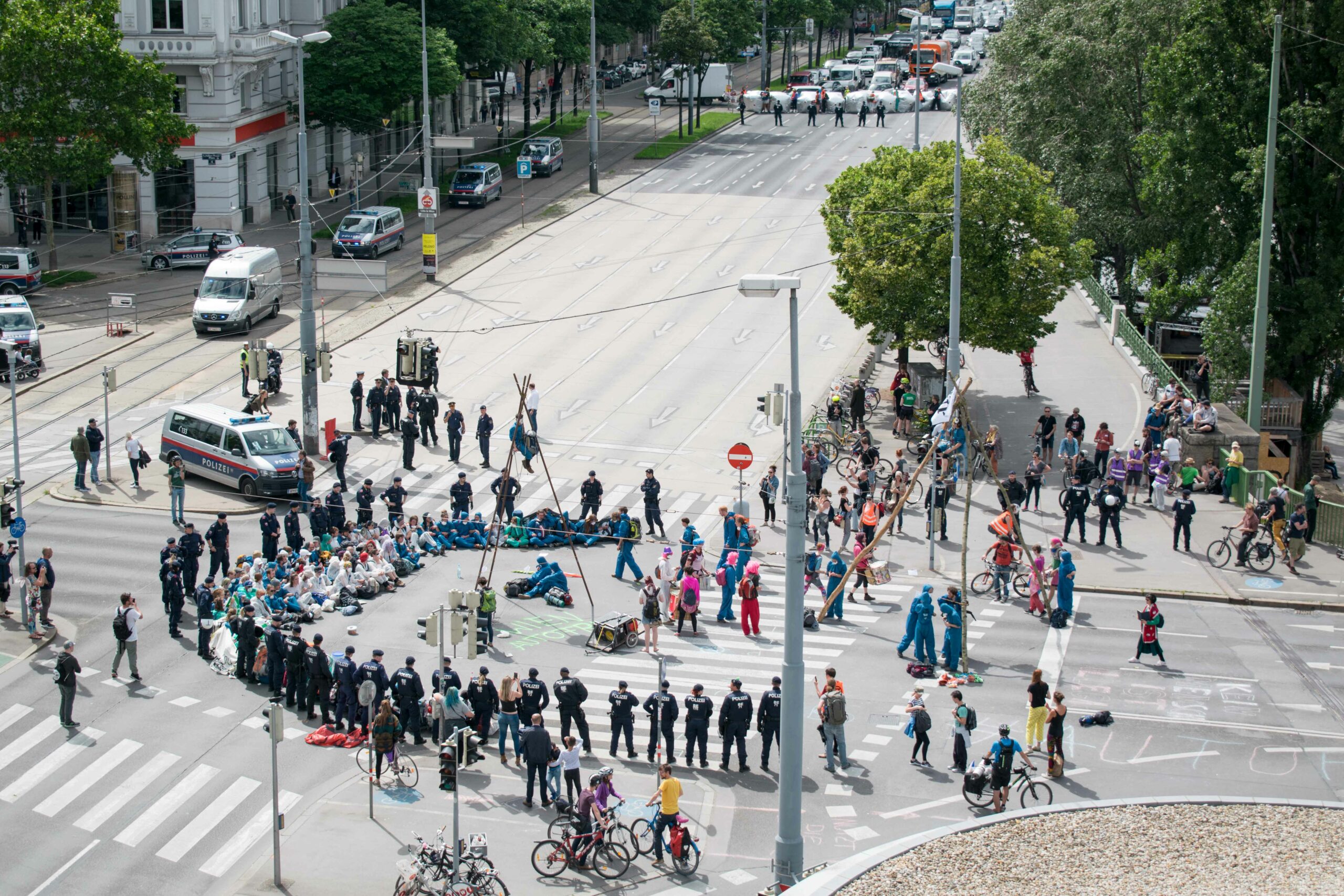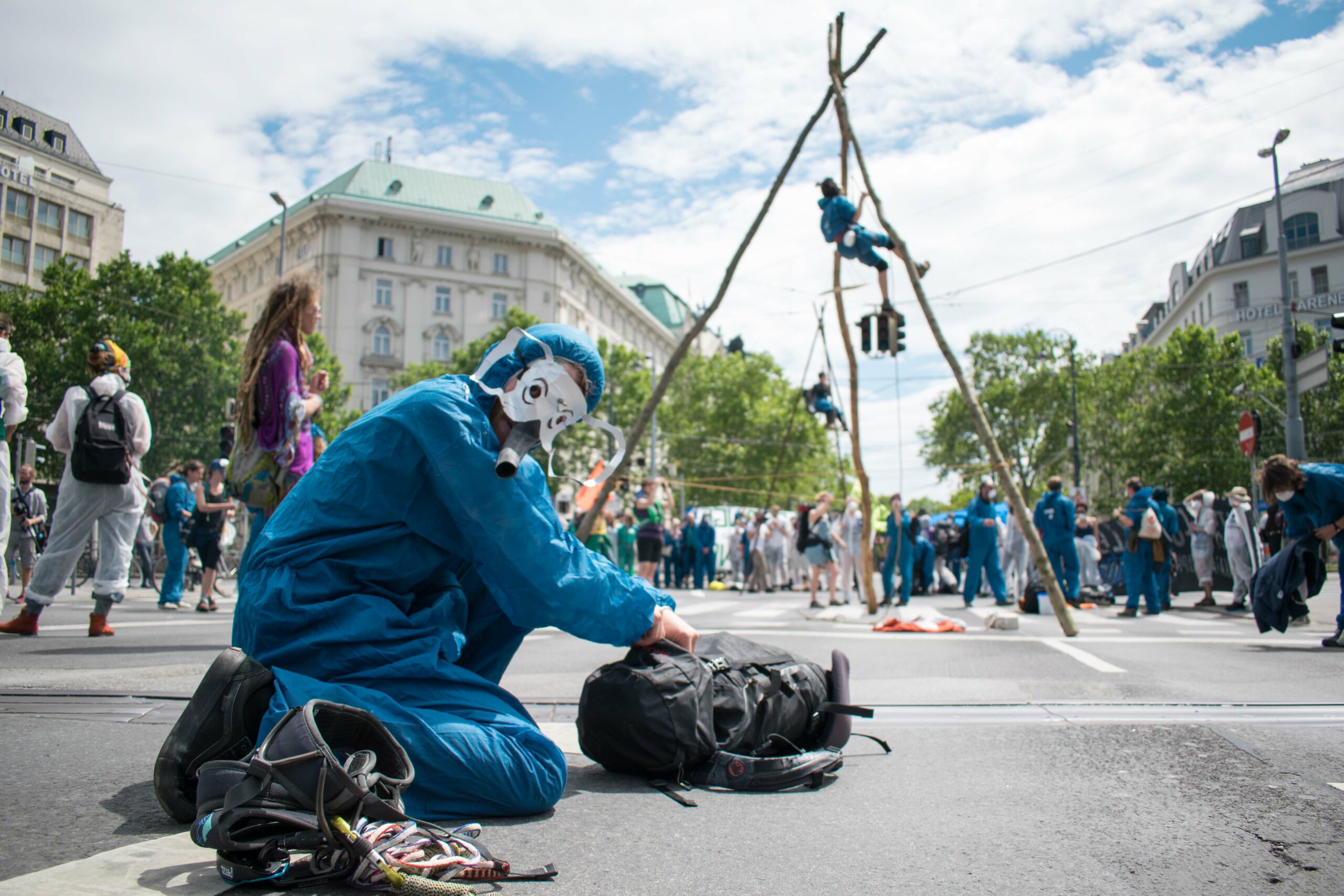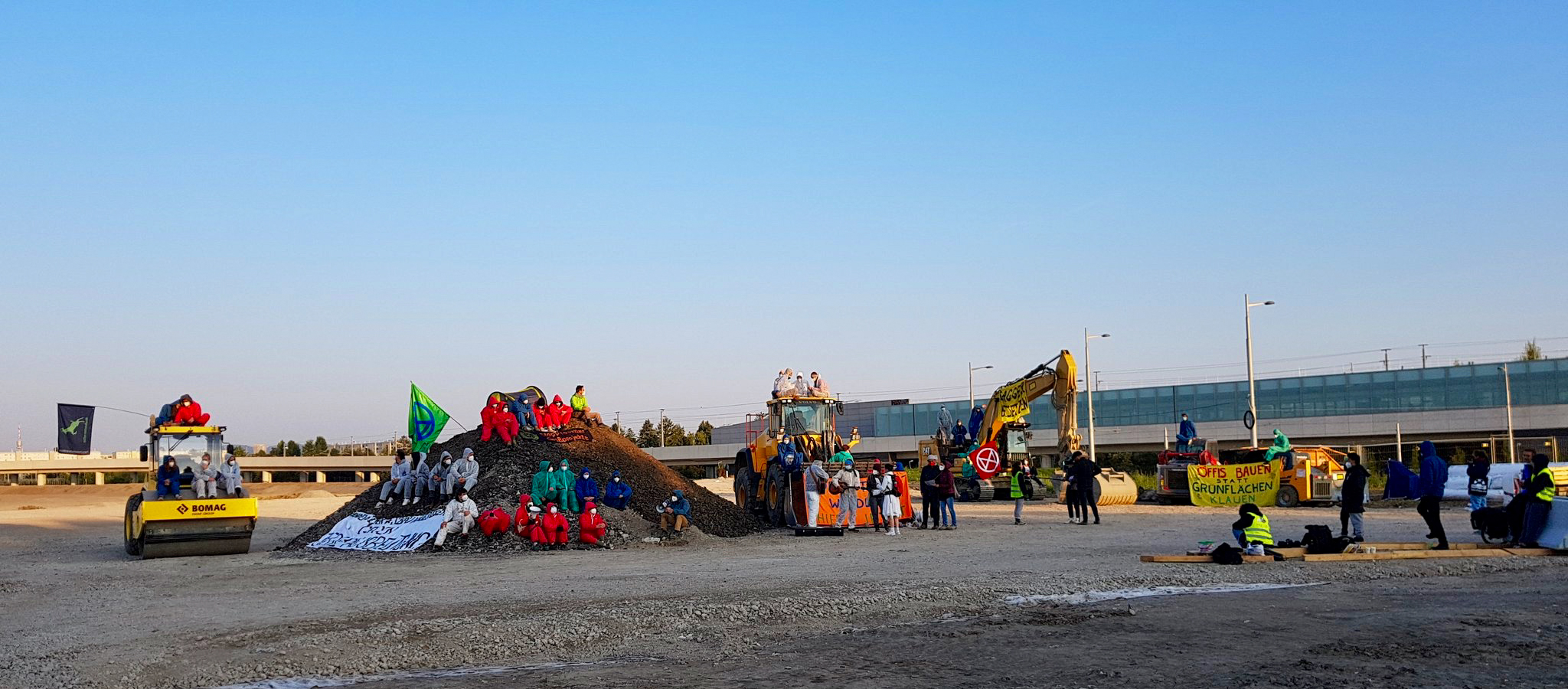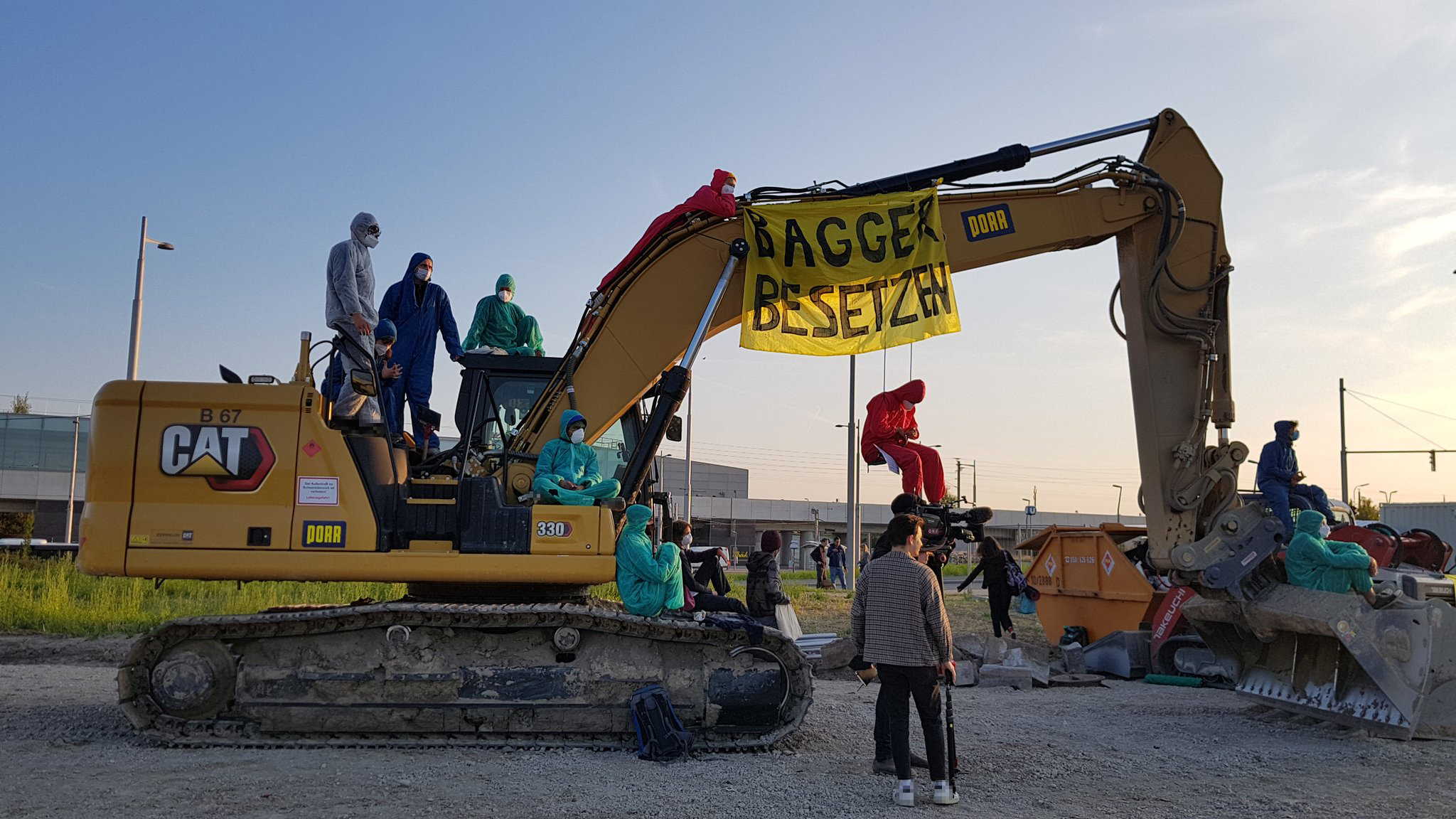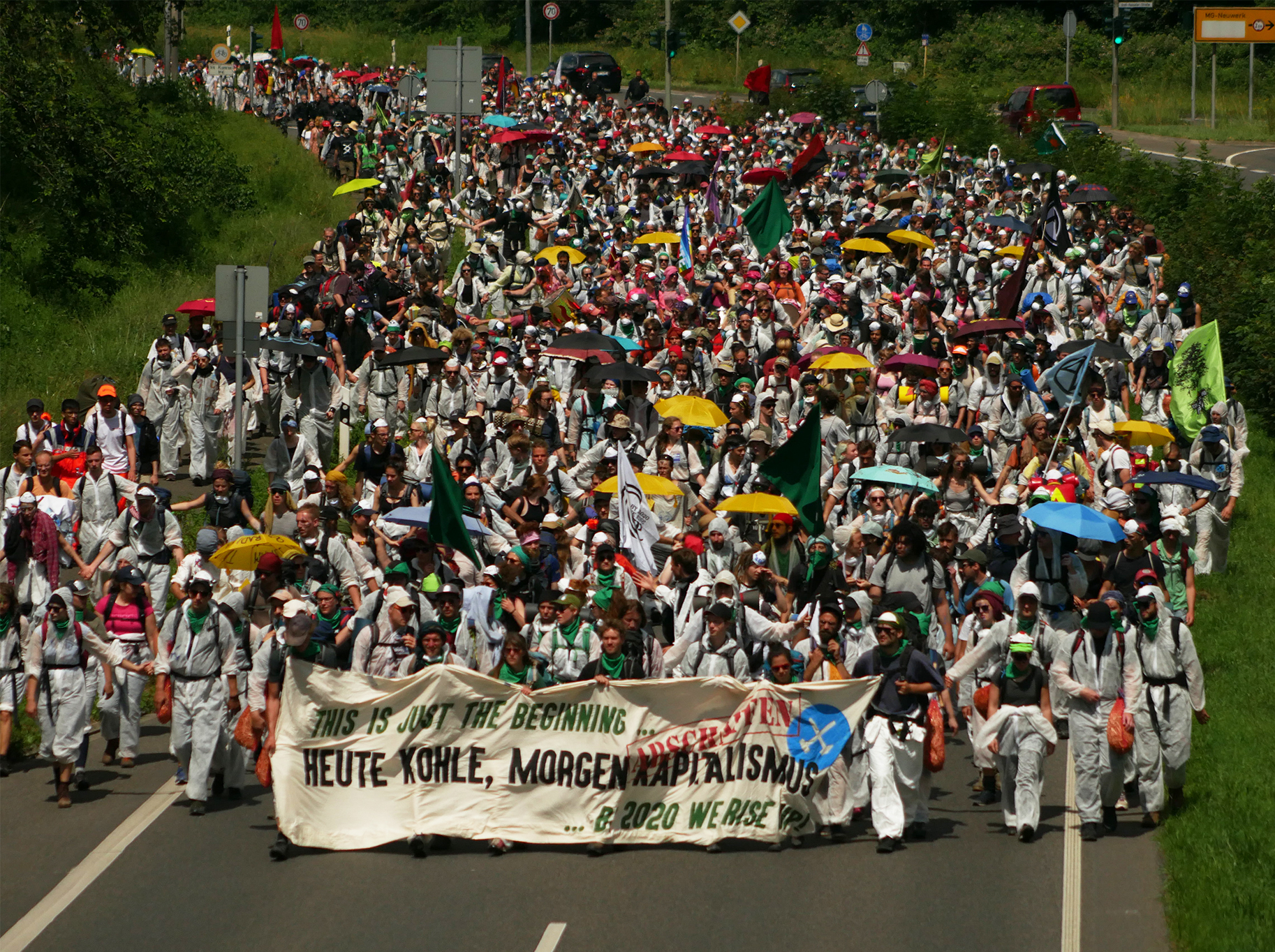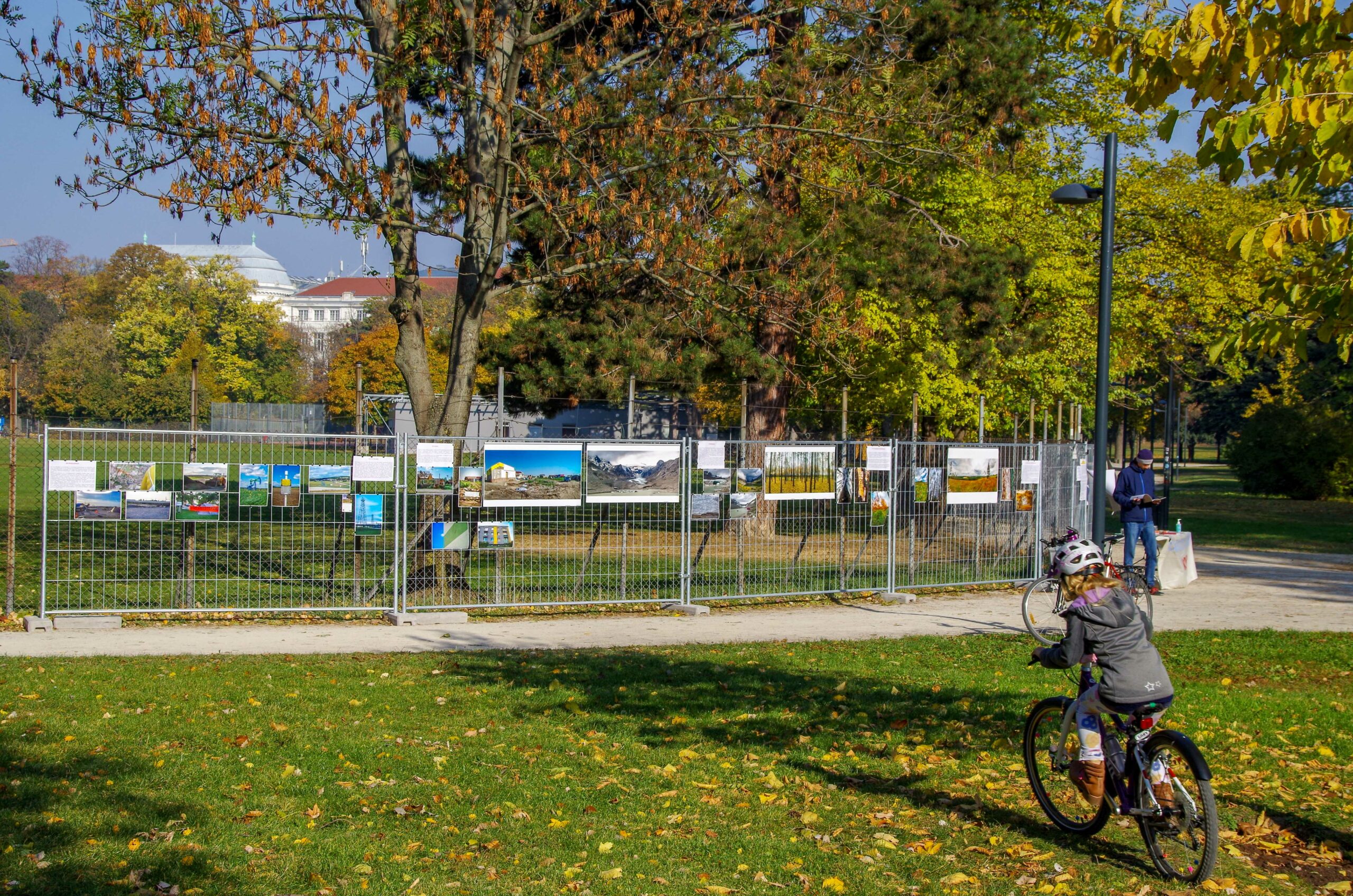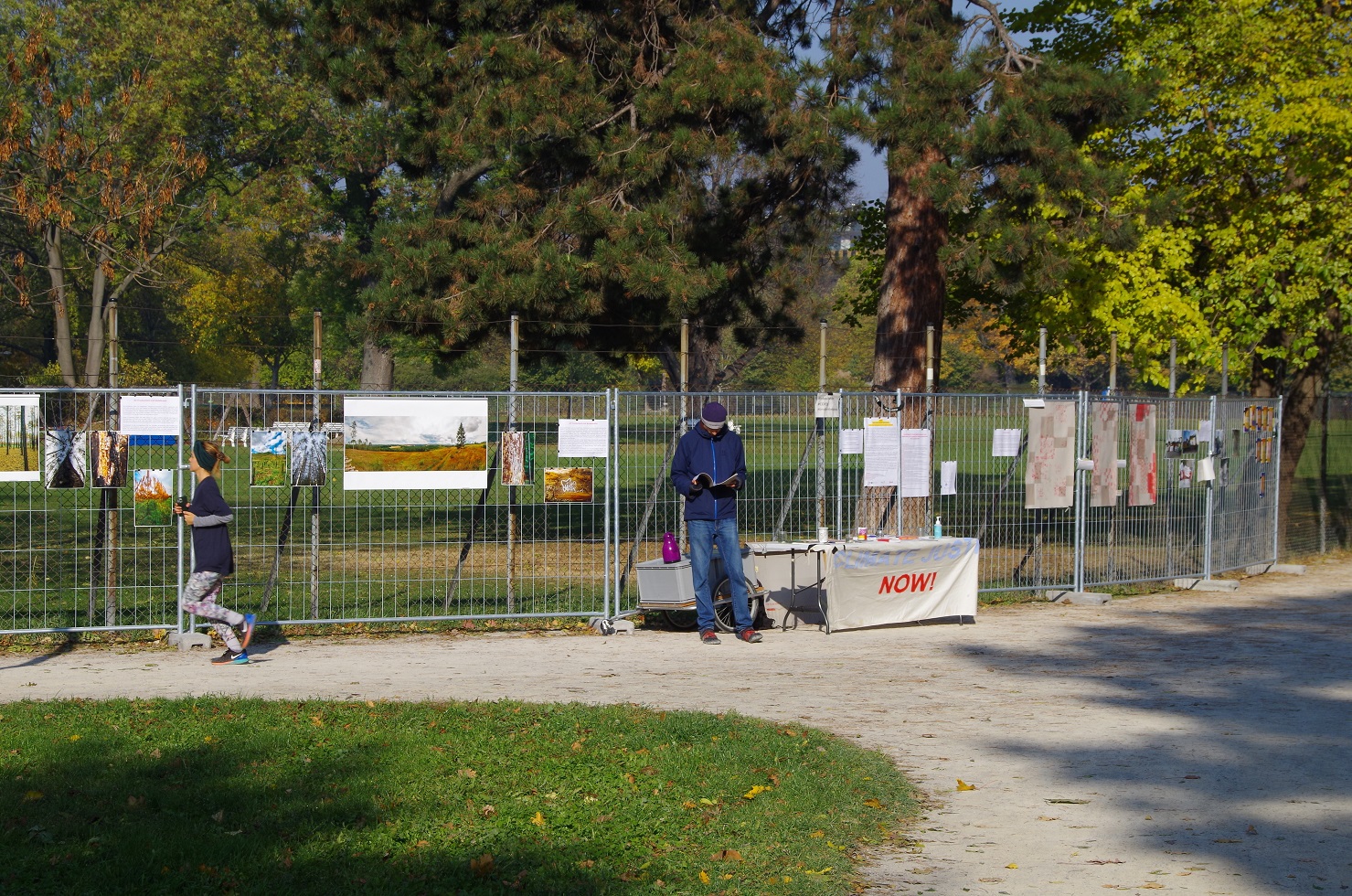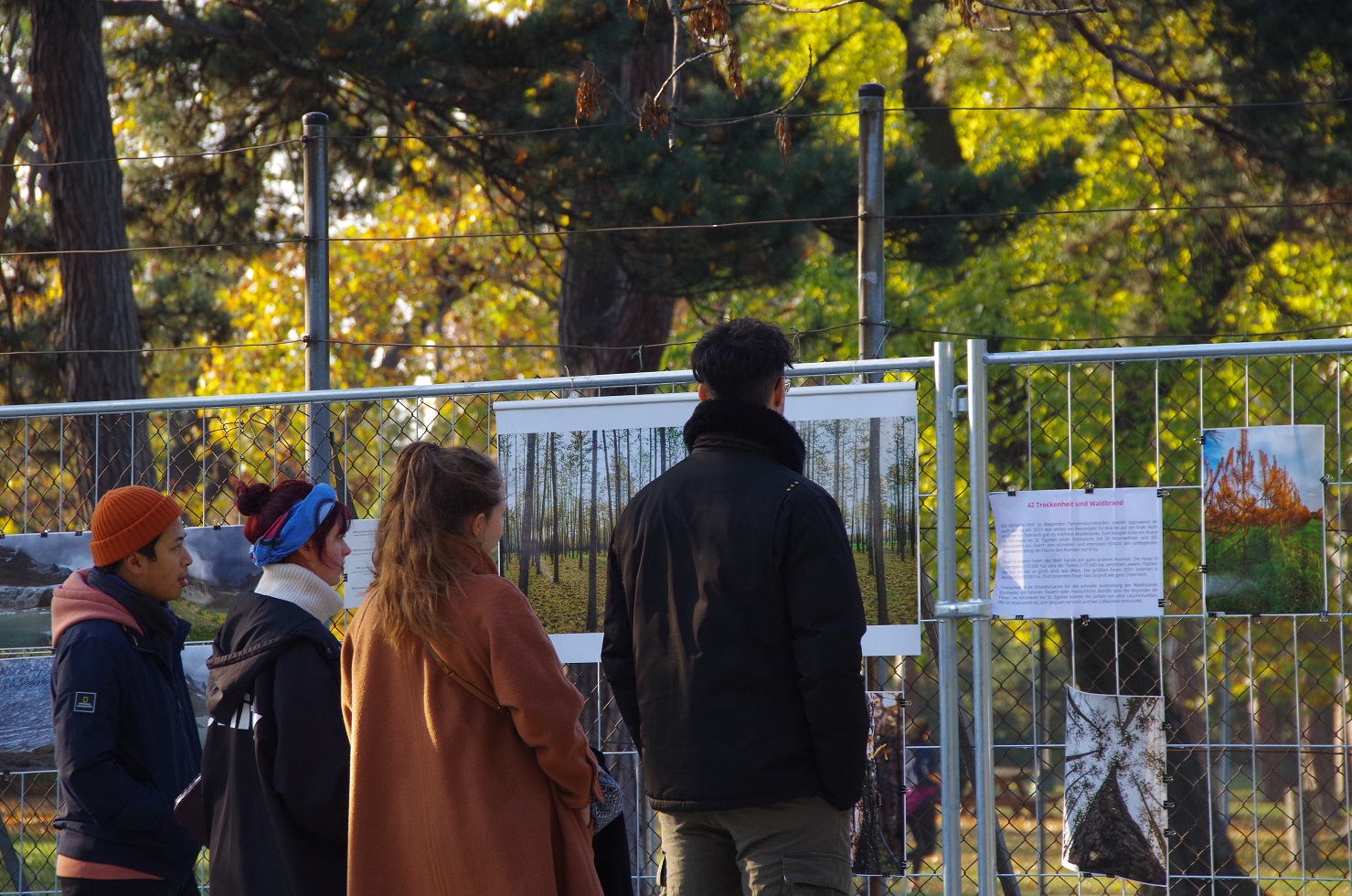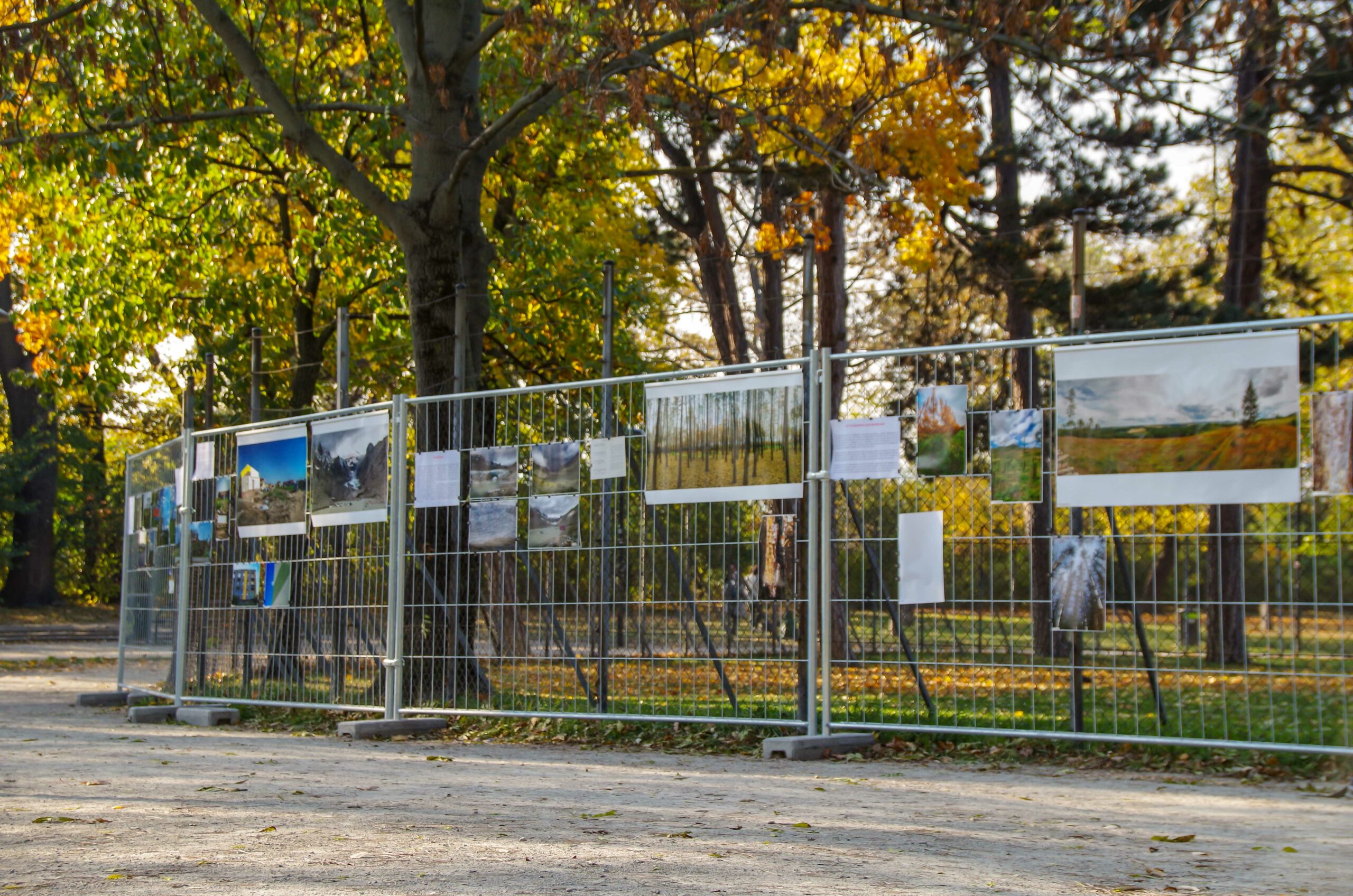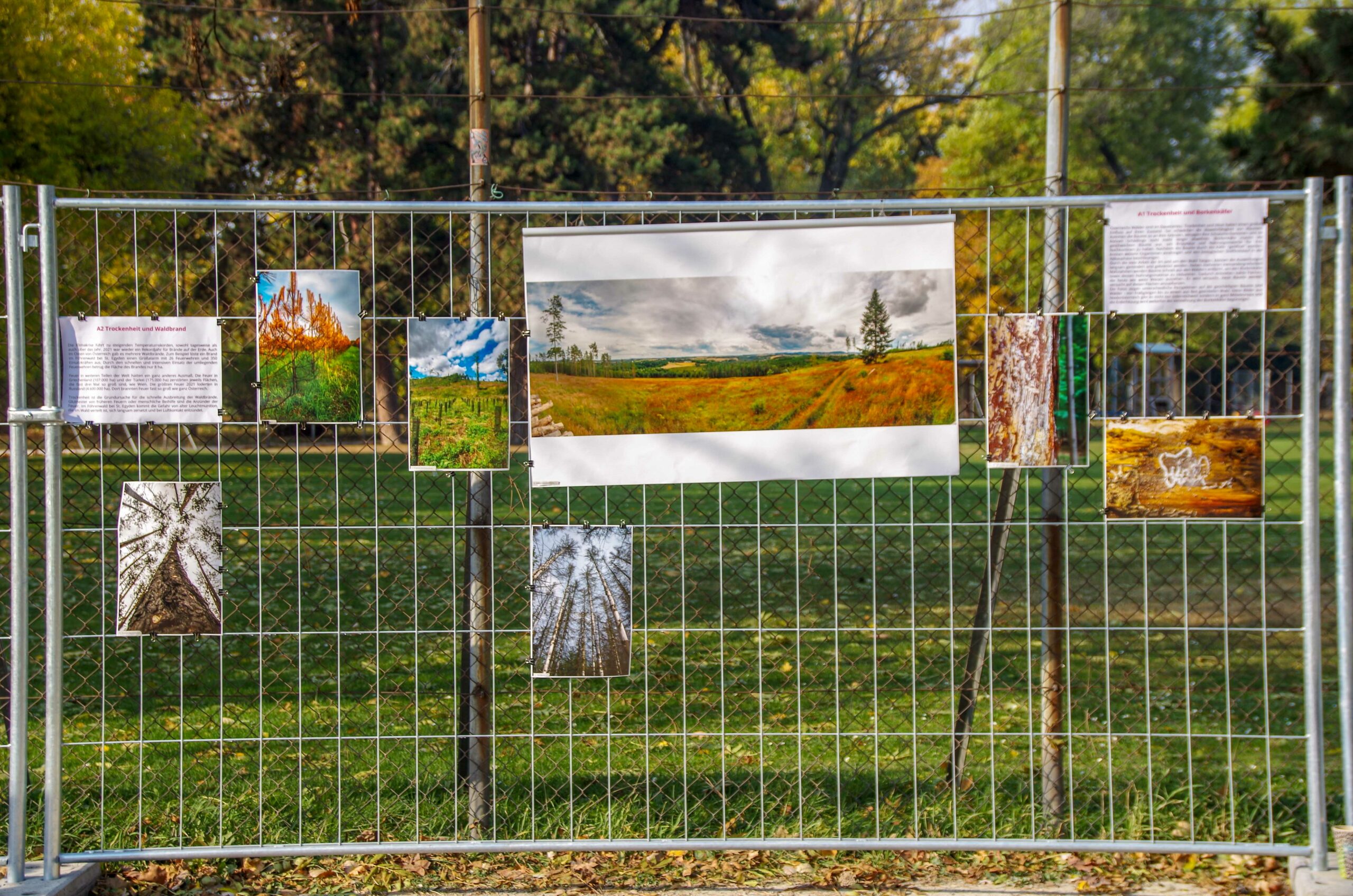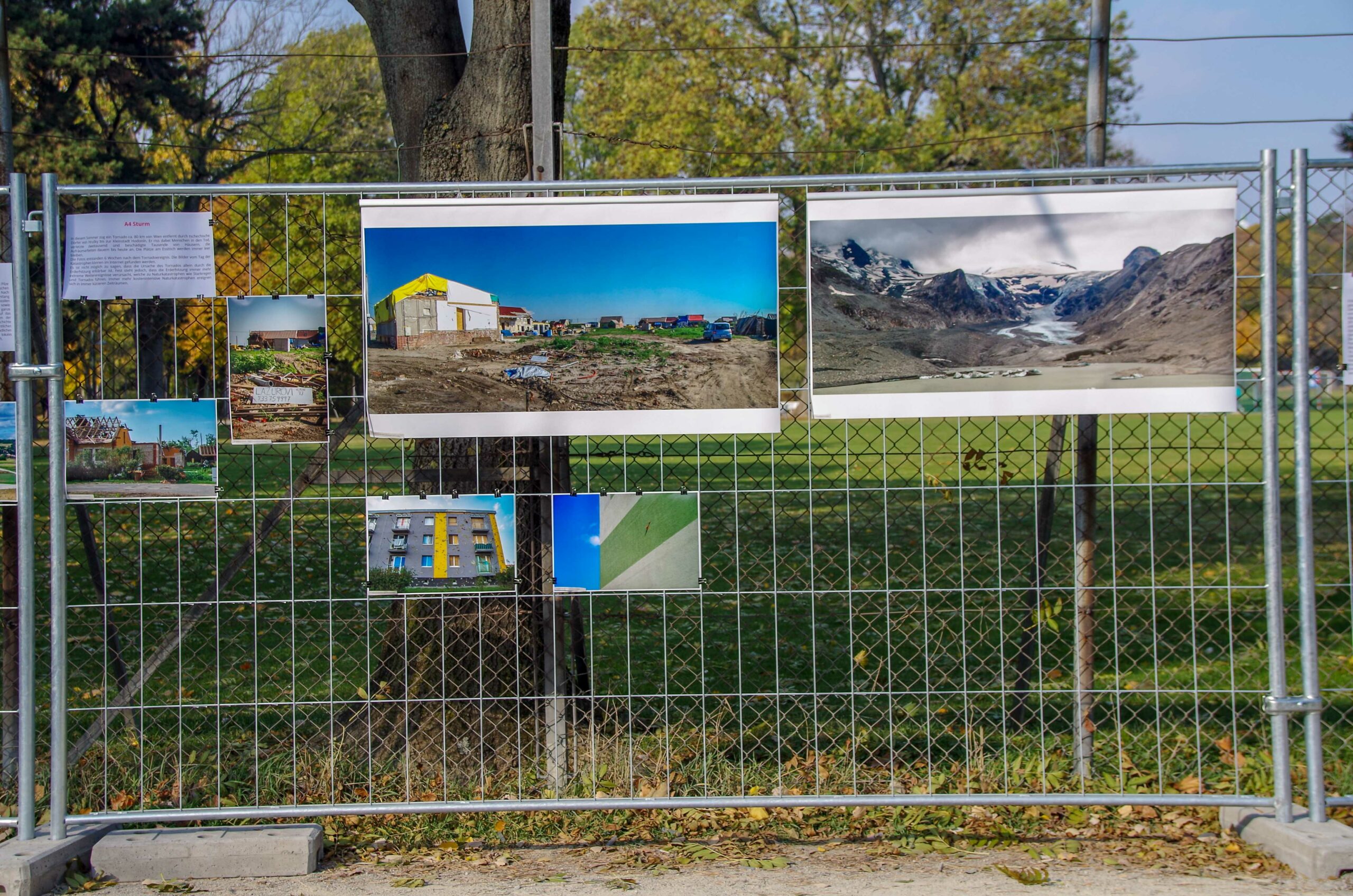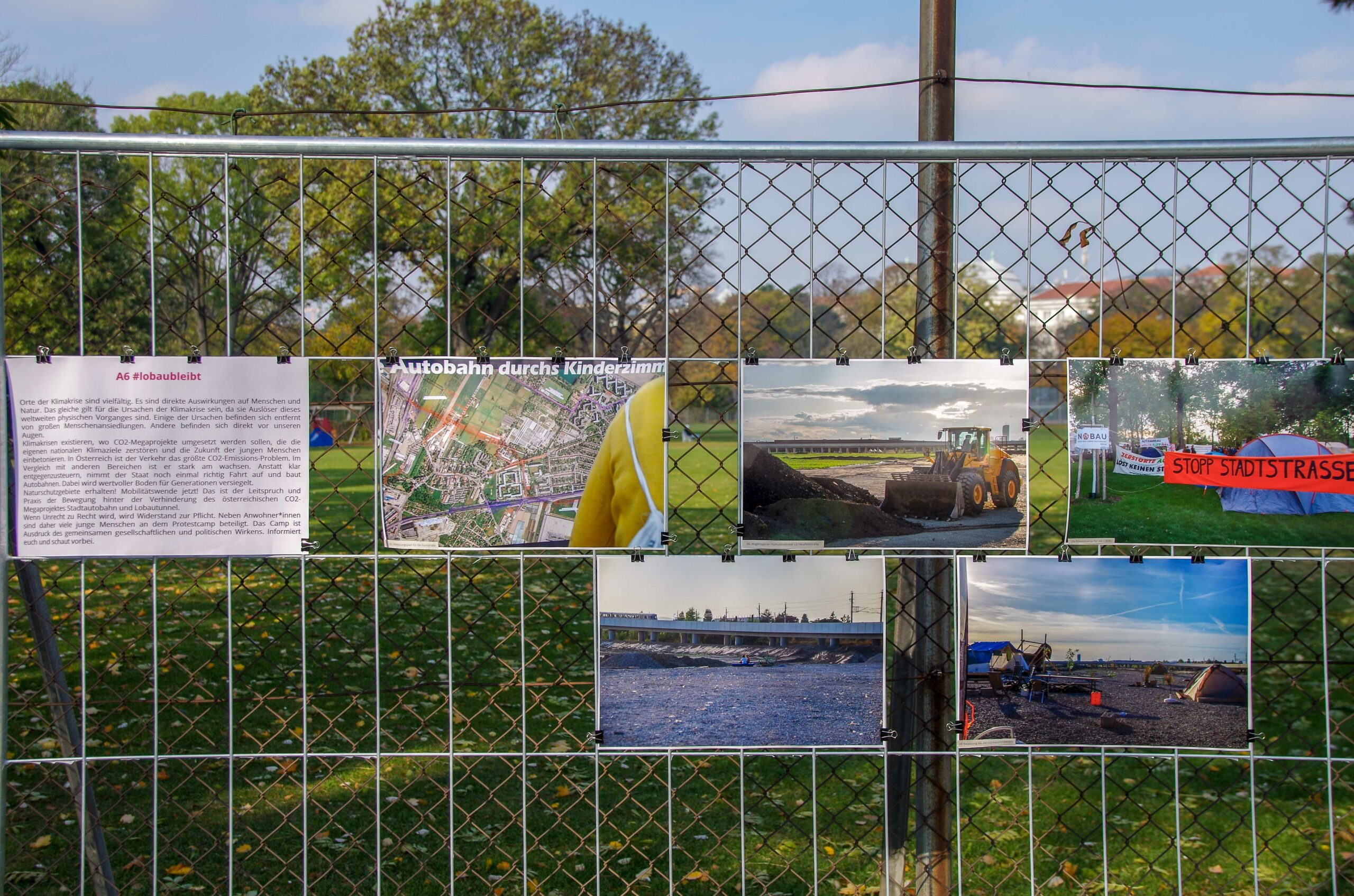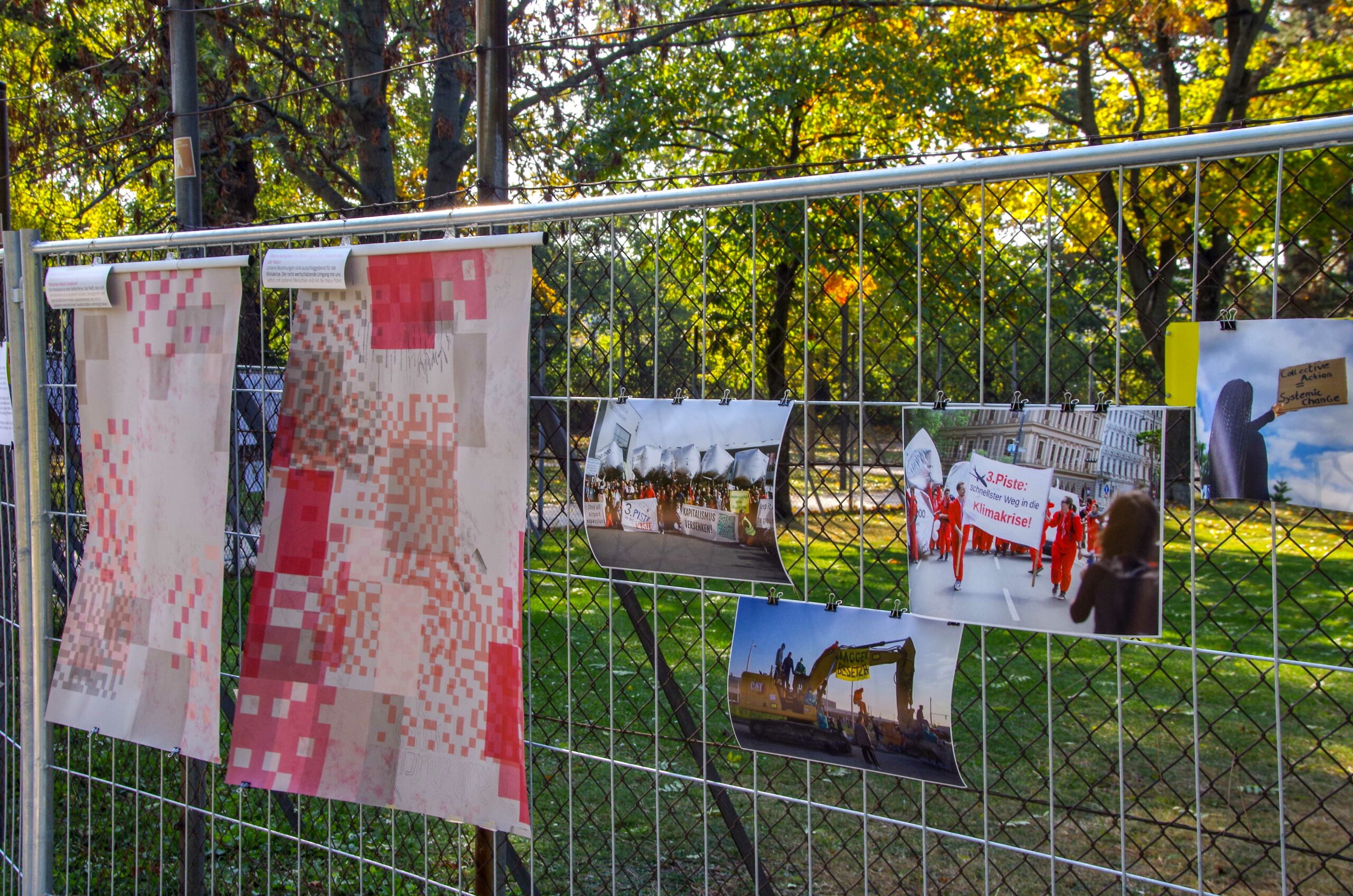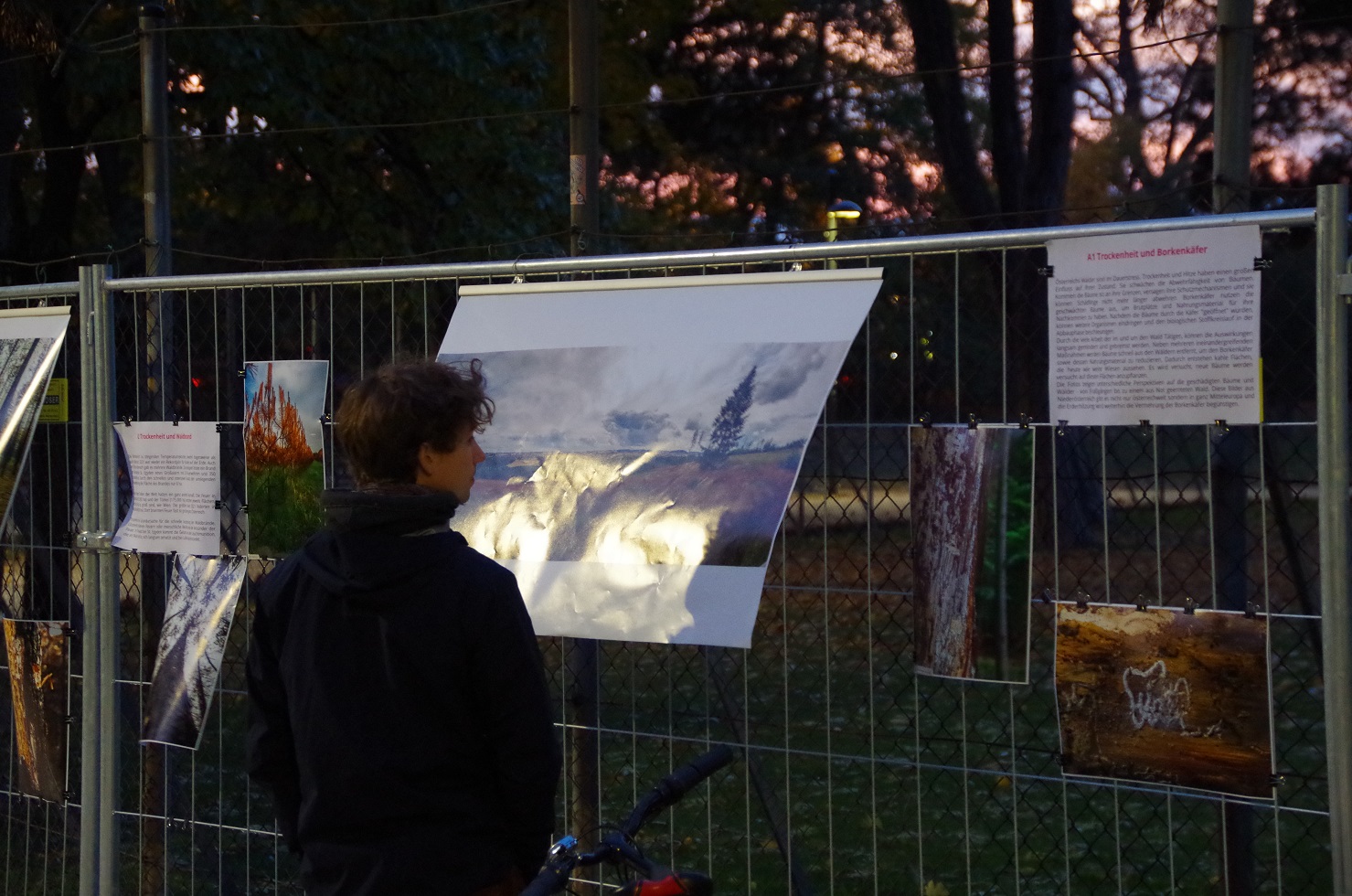What can places of the climate crisis look like?
The summer of 2021 was full of extreme events around the world. It seemed that this year the natural disasters rolled towards Austria and its surroundings as a wave. In the summer, a tornado passed through Czech villages about 80 km from Vienna, killing people, injuring two thousand people and damaging thousands of houses. In the summer of 2021, several people lost their lives due to flooding in Salzburg. A forest fire in Lower Austria triggered a major alert with 26 fire engines and 350 emergency personnel. Austria’s glaciers are threatened with imminent glacial death. These are just a few events that took place in Austria in the summer of 2021.
In contrast to other continents, where the climate crisis has been felt for decades, it is only just picking up speed in Europe. Slowly, the climate crisis has Europe completely in its grip.
What can places of climate crisis look like? Where are places of the climate crisis tangible in our surroundings? For these questions, the exhibition wants to offer different perspectives and give space for own thoughts. The questions raised are described with different artistic approaches.
The photos were taken during Sebastian’s photo trip in the first two weeks of August 2021. This involved cycling and using public transport to Lower Austria, the Czech Republic and the Grossglockner group.
The photo series was created with the intention of showing that the climate crisis is not taking place somewhere else in time or place. It is happening right here and now. Everyone could already be observing it, but we repress it and the media rarely report on it, while politicians are busy with themselves.
The exhibition wants to avoid creating fear, but this is an attempt without any chance of success. The climate crisis, by its very nature, generates fear in different ways. However, it is in our hands to explore our fears and reduce the climate crisis here on the ground. The solutions are already on the table in a multitude. Let us seize them together and take immediate as well as decisive steps together.
Climate information
It has been known for decades that the burning of fossil fuels such as coal and oil produces carbon dioxide (CO2). CO2 and other greenhouse gases accumulate in the atmosphere and lead to a global greenhouse effect that causes the earth to heat up. Currently, the average global temperature has risen by 1.2 degrees Celsius compared to the era in the mid-19th century (2021) – in Austria already by about 2 degrees Celsius. At COP21 in 2015, the countries of the world committed to staying well below 2 degrees Celsius by 2050 – not above 1.5 degrees Celsius. Currently, the global community is clearly heading for more than 2 degrees Celsius. In October 2021, the COP26 will take place in Glasgow. It will not be able to offer any solutions either. For our future, we have to take collective action ourselves.
The climate clock is shown. It is a Twitterbot that shows the world’s remaining CO2 budget, the approximate time left for this and the share of renewable energy in the energy generated worldwide.
How many more degrees of global warming will you experience?
Deviation from the mean value of the years 1850-1900 according to the scenario of the World Climate Council with average emissions
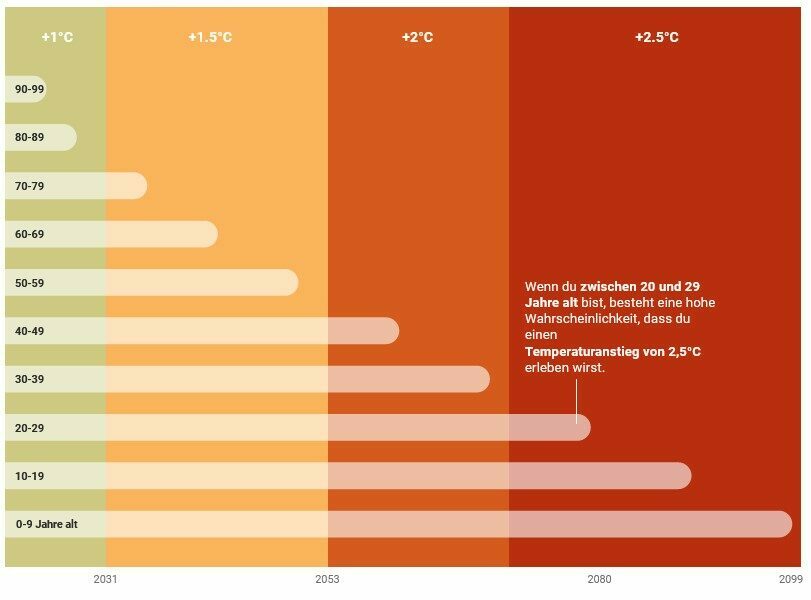
What the climate catastrophe means for us humans
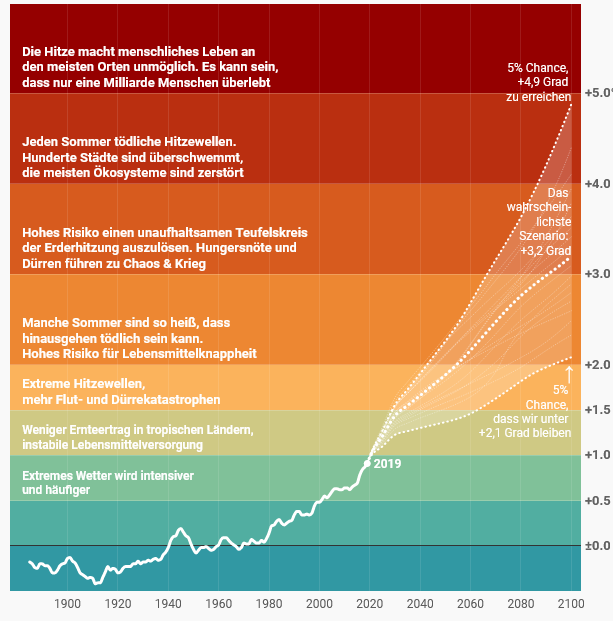
The thick line shows the 5-year average of global temperature anomalies (NOAA). The dotted lines show the percentiles of global warming predictions according to Raftery et.al, 2017. The black line at the bottom is the 20th century average. Inspired by The Guardian;
Chapter 1
Drought and bark beetle
Austria’s forests are under permanent stress. Drought and heat have a major impact on their condition. They weaken the defence capacity of trees. If the trees reach their limits, their protective mechanisms fail and they can no longer ward off pests. Bark beetles exploit the weakened trees to have breeding sites and food material for their offspring. After the trees have been “opened up” by the beetles, other organisms can invade and accelerate the biological material cycle in the decomposition phase.
Through the hard work of those working in and around the forest, the effects can be slowly reduced and slowed down. In addition to several interlocking measures, trees are quickly removed from the forests to reduce the bark beetle as well as its food material. This creates bare areas that now look like vast meadows. Attempts are being made to plant new trees on these areas.
The photos show different perspectives on the damaged trees and forests – from feeding corridors to a forest harvested out of necessity. These pictures from Lower Austria are not only to be found throughout Austria but also throughout Central Europe, and the heating of the earth will continue to favour the proliferation of bark beetles.
- Georgiwald bei Raabs an der Thaya
48.861554, 15.484650 - Tannholz bei Raabs an der Thaya
48.834216, 15.510650 - Vorderwald bei Wöbling NÖ
48.325278, 15.539639
Train & bicycle
Chapter 2
Drought and forest fire
The climate crisis is leading to rising temperature records, both by the day and over the year. 2021 was again a record year for fires on earth. There were also several forest fires in the east of Austria. For example, a fire in the Föhrenwald forest near St. Egyden triggered a major alert with 26 fire brigades and 350 emergency personnel. Due to the quick and intensive deployment of the surrounding fire brigades, the area of the fire was only 8 ha.
Fires in other parts of the world were on a completely different scale. The fires in Greece (107,000 ha) and Turkey (175,000 ha) each destroyed areas almost three times the size of Vienna. The largest fires of 2021 blazed in Russia (4,600,000 ha). There, fires burned almost as large as the whole of Austria.
Drought is the root cause of the rapid spread of forest fires. Embers from previous fires or human assistance are the kindling of the fires. In the pine forest near St. Egyden, the danger comes from old flare ammunition that is scattered in the forest, slowly decomposes and ignites on contact with the air.
Further information on forest fires can be found on the BOKU fireblog: https://fireblog.boku.ac.at/
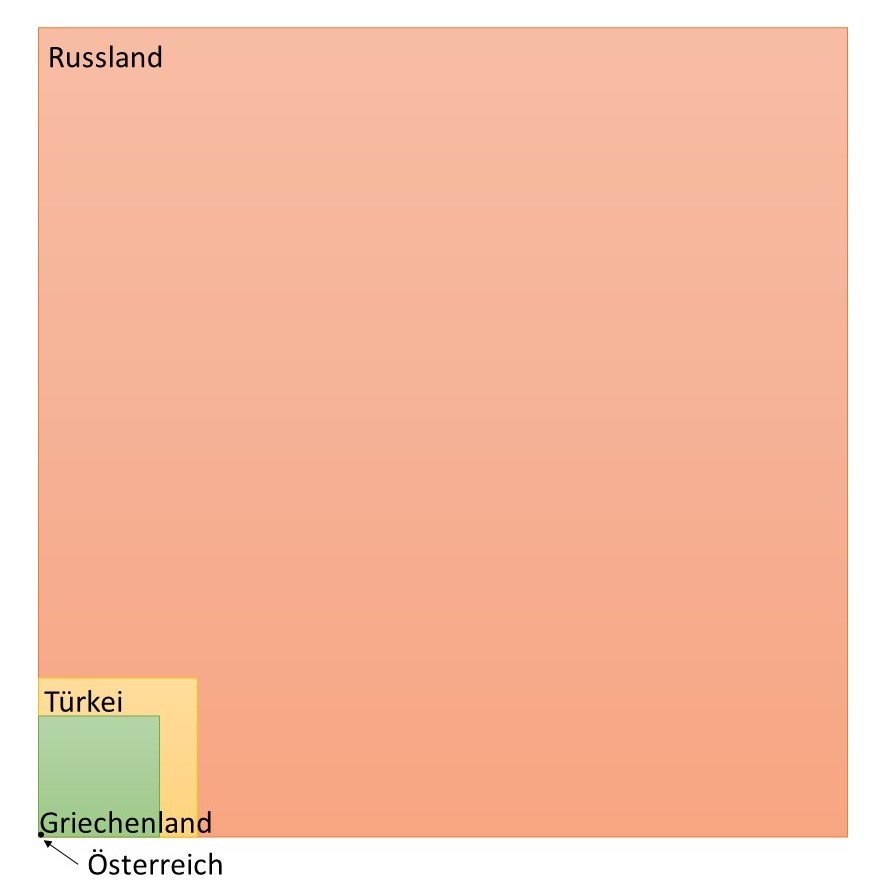
Comparison of forest fire areas: Russia, Turkey, Greek, Austria
Föhrenwald St.Egyden am Steinfeld
47.771235, 16.146570
Train & bicycle
Chapter 3
Glacier
At the end of 2019, the Austrian Alpine Association changed its language because of the climate crisis. “Language has power, language creates awareness.” Instead of saying glacier shrinkage / glacier loss / glacier retreat, they speak of approaching glacier death. For more than 120 years, the Austrian Alpine Association has been taking stock of the ice in the so-called Glacier Report. In the glacier budget year 2017/18, 89 of 93 glaciers were in retreat – four were stable. In the online glacier archive, the most beautiful peaks of the Alps can be admired. There are comparative pictures showing the retreat of the glaciers over the decades.
The photos shown here were taken this year in August. They show the Pasterze near the Großglockner Hochstraße from different perspectives. What all the pictures have in common is that the glacier was once much more powerful. Where the glacier once was about 16 years ago is clearly visible. In addition, the approaching death of the glacier means that the permafrost is thawing and stones are coming loose, destroying established paths and approaches as well as alpine buildings. Via the High Alpine Road, tourists can almost only reach and observe the development of the approaching glacier death with an individual fossil transport system.
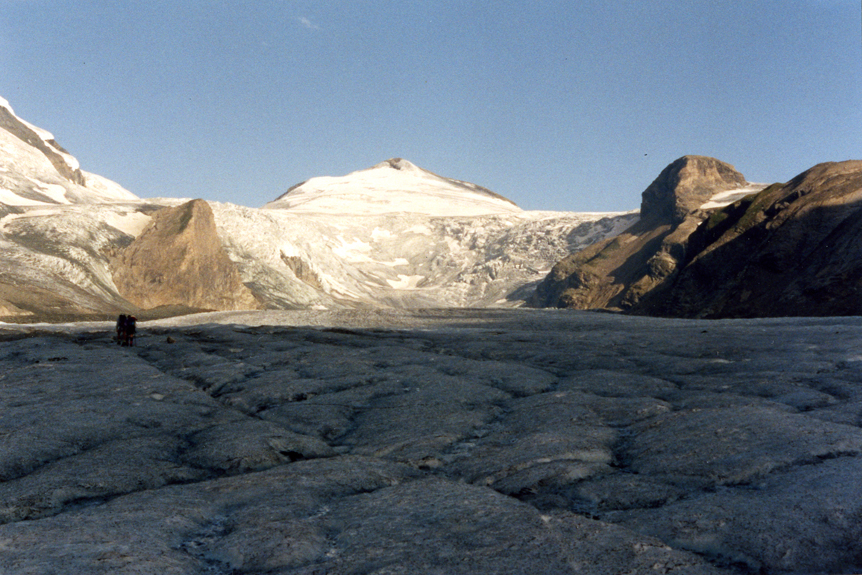
Pasterze 1992 (Foto: H. A.)
Pasterze bei der Franz-Josef-Höhe, Grossglockner Hochalpenstraße
47.079148, 12.735538
Public transport to Franz-Josef-Höhe is only available from Heiligenblut (Carinthia) from June to September.
Outward journey by train to Zell am See and then by “Glocknerbus” to Franz-Josef Höhe
Return journey from Heiligenblut to Vienna by bus and train
Chapter 4
Storm
This summer, a tornado about 80 km from Vienna passed through Czech villages from Hrušky to the small town of Hodonín. It swept people to their deaths, injured two thousand and damaged thousands of houses. the clean-up work continues to this day. The seats at the dinner table will always remain empty.
The photos were taken 6 weeks after the tornado event. The pictures from the day of the disaster can be found on the internet.
It is not possible to say that the cause of the tornado can be explained by the heating of the earth alone. What is certain, however, is that global warming is causing more and more extreme weather events, which lead to natural disasters such as heavy rain and tornadoes. More and more cost-intensive natural disasters are occurring in ever shorter periods of time.
Further information (in Czech) on the course of the tornado such as pictures and maps: Link
Hrušky, Moravská Nová Ves, Mikulčice, Hodonín (Czech Republic)
48.793811, 16.971659
Train & bicycle
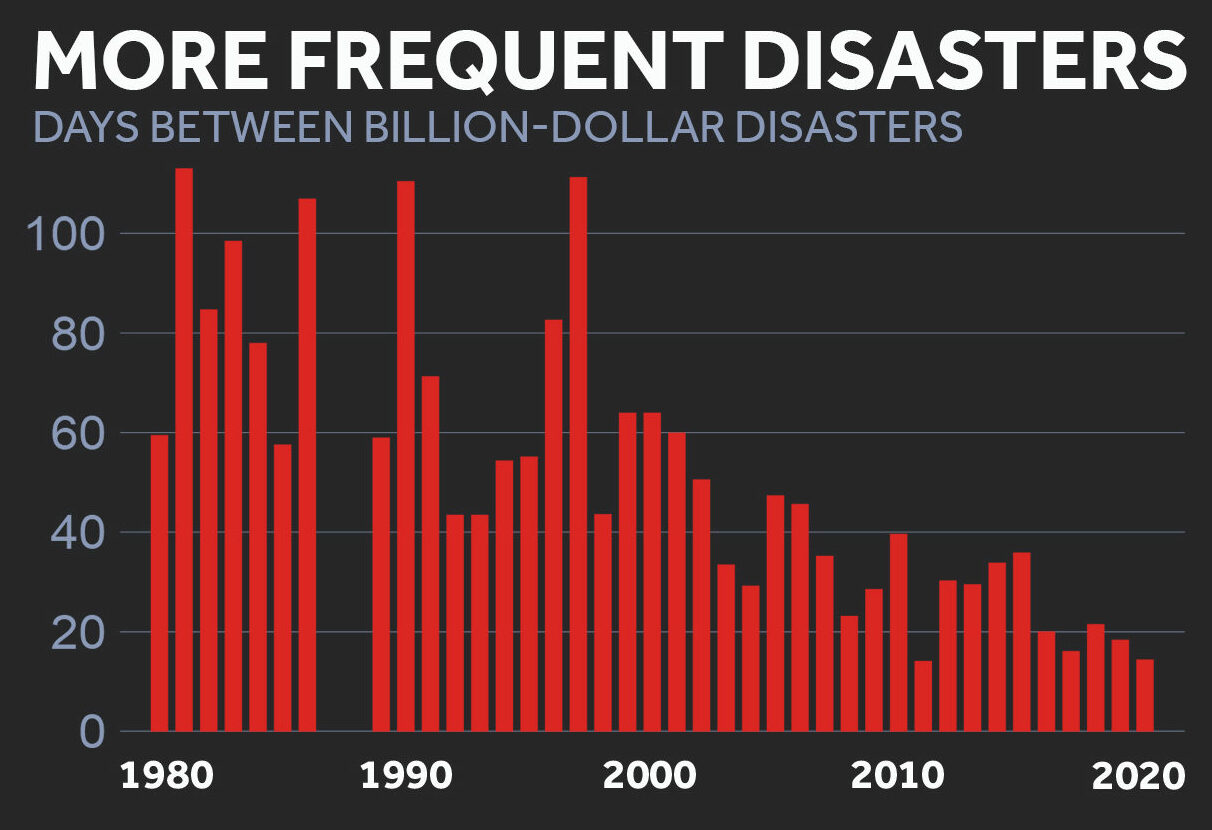
Dargestellt sind die Zahl der milliardenschweren Wetter- und Klimakatastrophen (einschließlich tropischer Wirbelstürme, Waldbrände, Hitzewellen, Dürren, Überschwemmungen und schwerer Stürme), die die USA jedes Jahr heimsuchen. Ihre Zahl ist gestiegen – von durchschnittlich 3 Ereignissen pro Jahr in den 1980er Jahren auf 12 Ereignisse pro Jahr in den 2010er Jahren.
Dies beudet auch, dass die durchschnittliche Zeitspanne zwischen den milliardenschweren Katastrophen – Zeit, um Gemeinden im ganzen Land bei der Erholung zu helfen – ist von 82 Tagen in den 1980er Jahren auf durchschnittlich 18 Tage in den letzten fünf Jahren (2016-2020) gesunken. Link zur Quelle
Chapter 5
Oil-Dorado
It all started with a short bicycle ride through the southern Weinviertel. Oil production pumps protrude from the earth like mushrooms. They are reminiscent of Texan oil pump fields from television. But everything is in Lower Austria. After a short research, an Oil-Dorado tour can be found on the internet. Along this tour unreal situations come to light. A district taken over by fossil fuels and related companies. There are oil pumps as well as equipment of the oil industry directly in town centres that have become art projects, entire adventure bike tours sponsored by OMV that uncritically point to the “black gold”, adventure paths paved with old equipment of the oil industry, such as RAG Austria AG, and much more. History should always be preserved, but it should never take over public space without reflection. This is missing from all the places and exhibitions in the southern Weinviertel. In times of climate crisis, a contradictory local behaviour is cultivated. Worldwide, fossil industries are working against our future.
Gänserndorf, Matzen, Prottes, Zistersdorf, Neusiedl (Weinviertel NÖ)
48.340621, 16.732003
Zug und Fahrrad
Chapter 6
#lobaubleibt
Places of the climate crisis are manifold. They are direct impacts on people and nature. The same is true for the causes of the climate crisis, as they are triggers of this global physical process. Some of the causes are located away from large human settlements. Others are right before our eyes.
Climate crises exist where CO2 mega-projects are to be implemented, destroying our own national climate goals and concreting in the future of young people. In Austria, transport is the biggest CO2 emission problem. Compared to other sectors, it is growing strongly. Instead of taking clear countermeasures, the state is once again really stepping up the pace and building motorways. In the process, valuable soil is being sealed for generations.
Preserve nature reserves! Mobility turnaround now! This is the slogan and practice of the movement behind the prevention of the Austrian CO2 mega-project Stadtautobahn and Lobautunnel.
When injustice becomes a right, resistance becomes a duty. In addition to local residents, many young people are therefore involved in the protest camp. The camp is an expression of joint social and political action. Find out more and come along. More information: https://lobaubleibt.at/
UPDATE (1.12.2021): All planning and construction measures for the Lobau Tunnel have been discontinued, Transport Minister Gewessler announced.
UPDATE (1.2.22): Occupation of #Hausfeldstraße was cleared with a large contingent of police and residential buildings were demolished.
Stadtautobahn – Besetzte Baustelle (Wien Hausfeldgasse)
48.232365, 16.486359
Öffentliche Verkehrsmittel
Chapter 7
Causes
A crisis is a state of imbalance. The world is out of balance and is not returning to its previously balanced state. The climate crisis is a threat to humans and to biodiversity at an unprecedented speed and scale. We should stop this danger by reducing and preferably eliminating its causes. But what are its causes?
The causes of the climate crisis play out on different levels, all of which are interwoven in our society. With the help of silkscreen works, the different levels are depicted. But there is room to think about the causes ourselves. How are we connected to them? How can we abolish them?
It becomes obvious that there is no simple explanation and therefore no solution for the causes and that ending the climate crisis therefore needs us as a whole society.
Simple level: CO2 and fossil fuels
The simplest explanation is that CO2 emissions and fossil raw materials are responsible for the causes of the climate crisis. Which they are in part. But there is more.
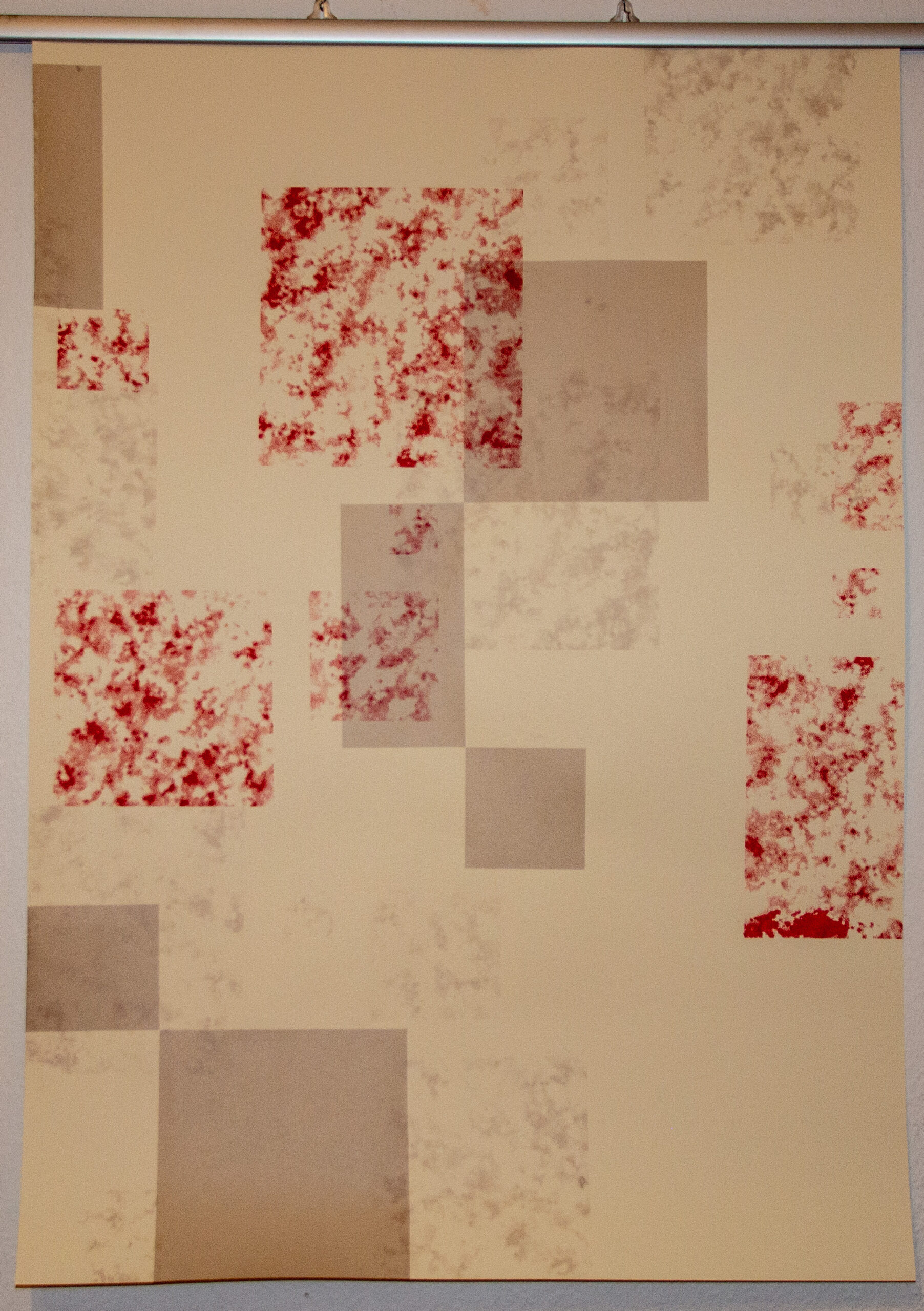
Level More Comprehensive: Capitalism, Racism, Colonialism, Sexism, Imperialist Way of Life, Patriarchy, Power, Structures
The climate crisis is a multiple crisis. This means that the climate crisis is made up of individual social, ecological and economic crises that have become entrenched in our human societies.
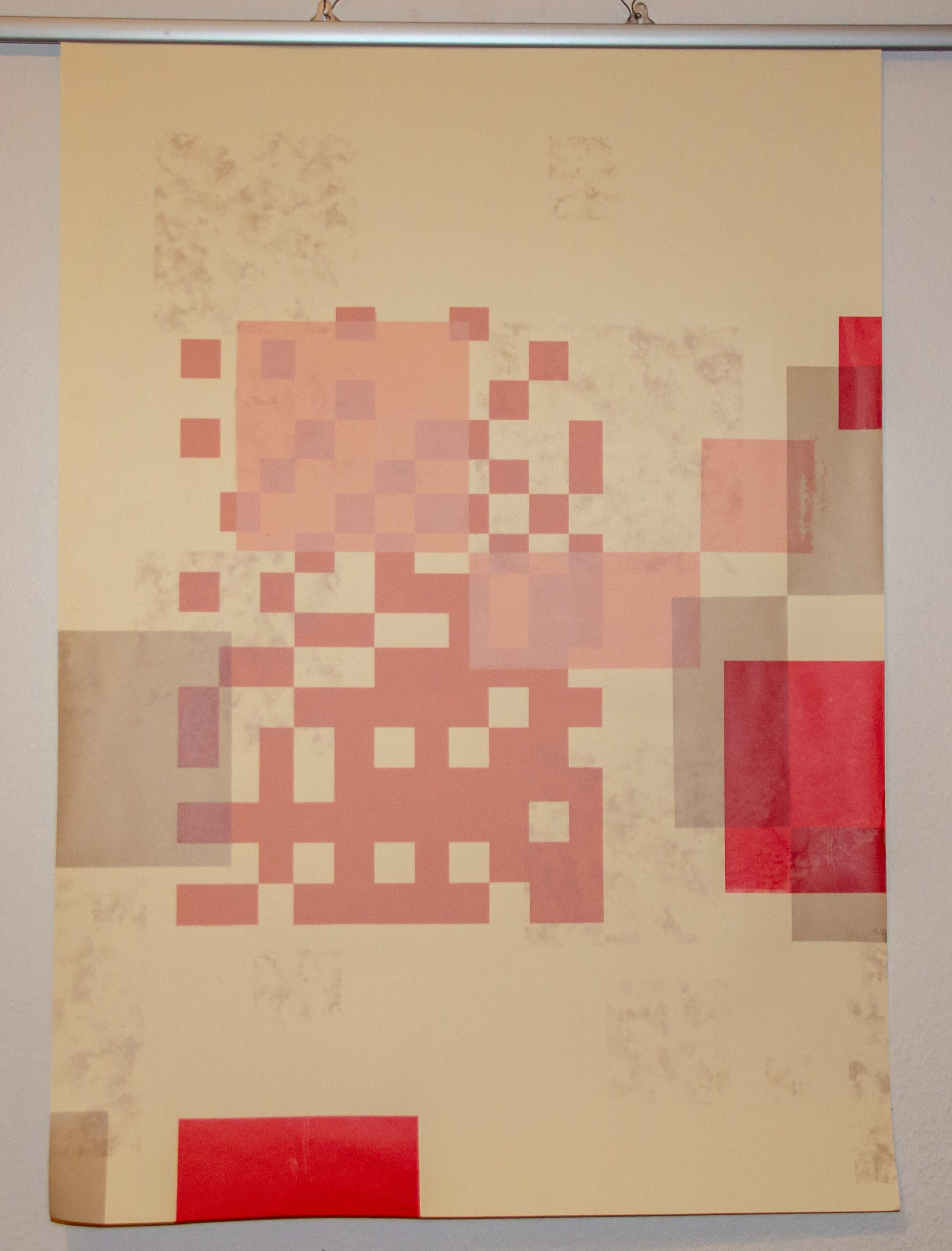
Level Complex: The relationship with ourselves, others and nature
Our relationships are crucial to the climate crisis. The non-appreciative treatment of ourselves, of other people and of nature is what allows the multiple crises to spread in the first place.
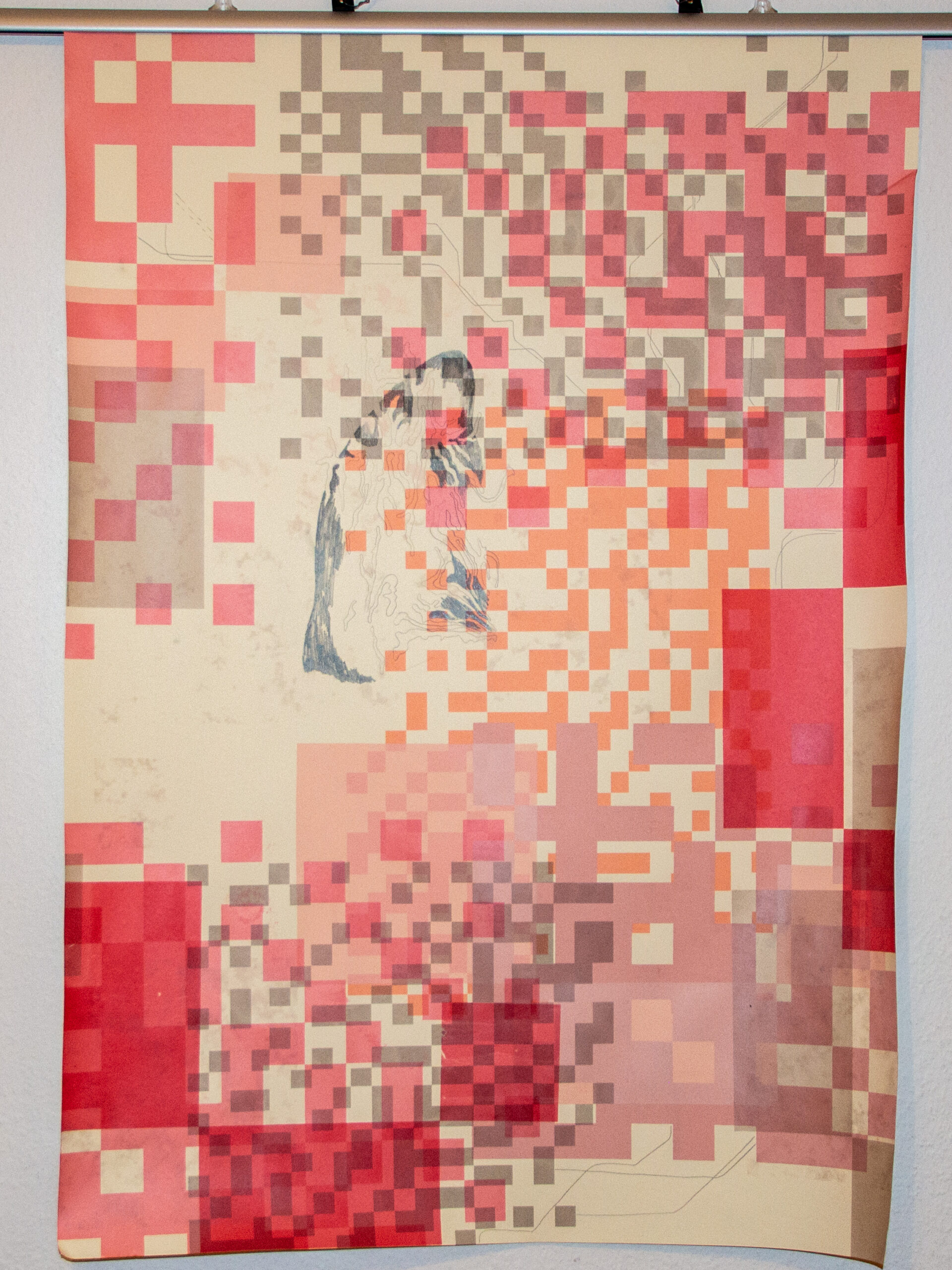
Chapter 8
Getting active
A step-by-step guide to help you find your own unique and intersectional solutions to climate.
We can all make a positive impact on the planet when actions reflect our talents, our privileges, our communities and our identities.
Feel free to republish and share, but please credit all contributors.
Research, inspiration and quotes by @ayanaeliza & @mary.heglar
Design by @nicarpenter
Concept and diagram additions by @pattiegonia
(accounts are on Instagram)
Picture sources from top left to bottom right (CC BY-SA 2.0): Valerie Keller, System Cahnge, not Climate Change! (SCnCC), SCnCC, SCnCC, SCnCC, SCnCC, Mario Burbach
Kapitel 9
Further
Support in 4 ways
1. Spread this page. Inform your friends and acquaintances about the local impact of the climate crisis in Austria and also about the causes and possibilities for action!
2. Organise an exhibition. The photos and texts can be borrowed and are ready to be sent out.
3. Present the photos and texts in your area. Invite people and discuss how you can become active locally. Network with others. Enquire using the contact form below.
4. Simply donate. If you don’t have room for new photos, feel free to donate directly. 100% of the donation will go to the next photo project (currently Climate and Colonialism).
Account details: Places of the Climate Crisis; AT772011182358132600, GIBAATWWXXX, reason for payment: Places of the Climate Crisis.
Please do not forget the purpose of use.
Exhibition
Vienna October 2021
Social Media Accounts
Contact
Imprint
Conception of the exhibition: Sebastian Kühle
Photos: Sebastian Kühle & siehe Bildbeschreibungen
Silk print: Lupre & Miskela, gedruckt im Studio Megafauna
Design Website: Joël Foramitti
Graphics: siehe Bilder
Texts: Sebastian & Lia
Translations:
Funding from
